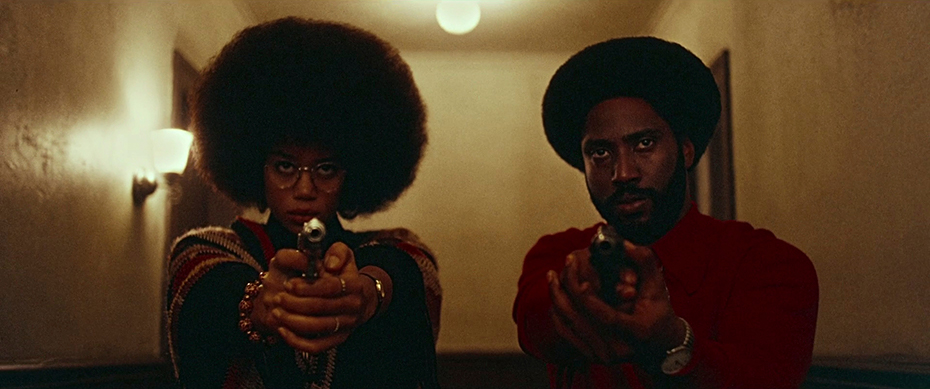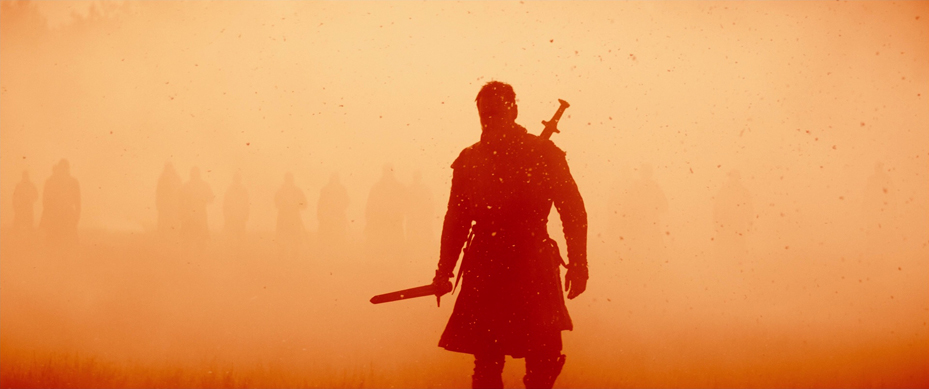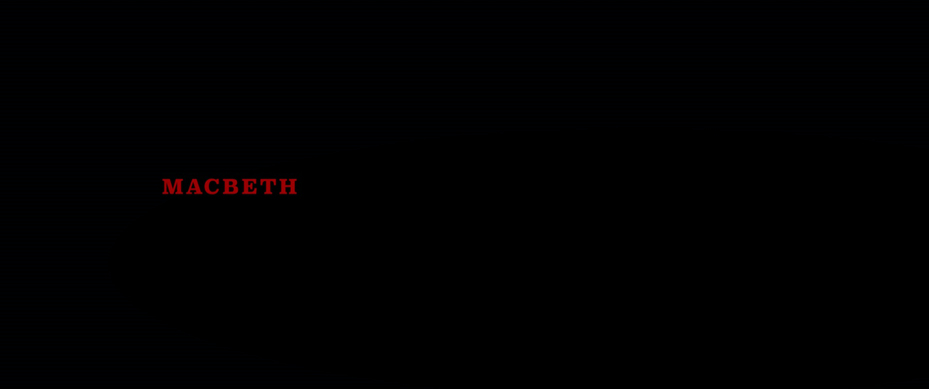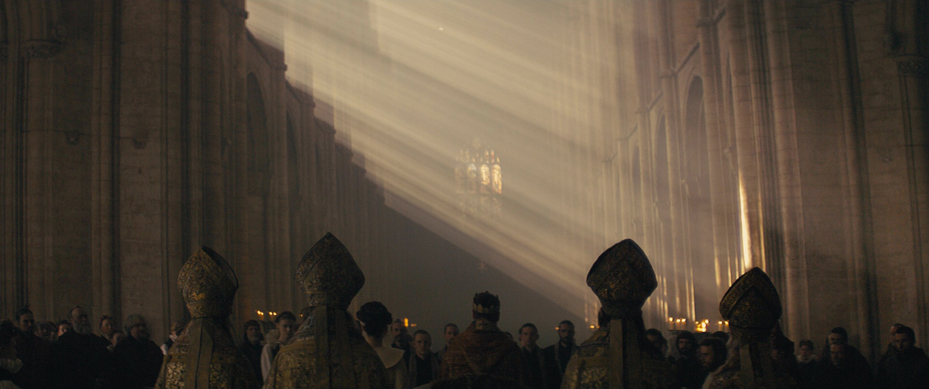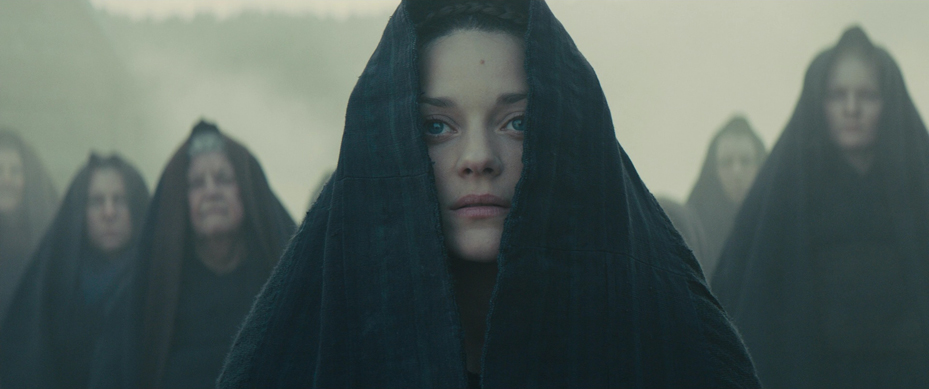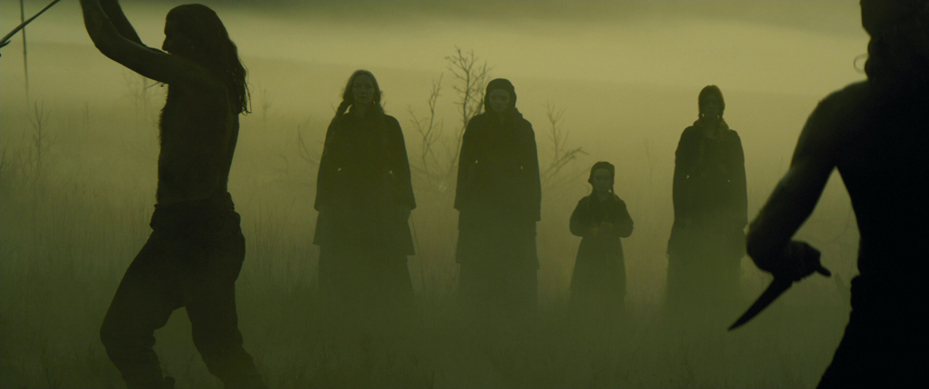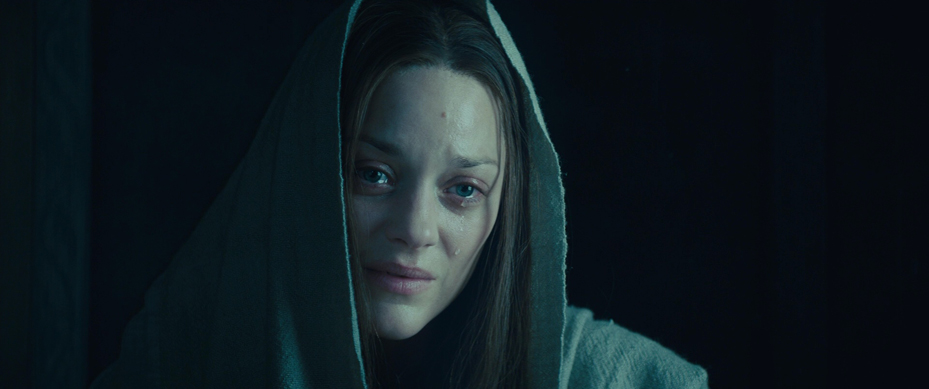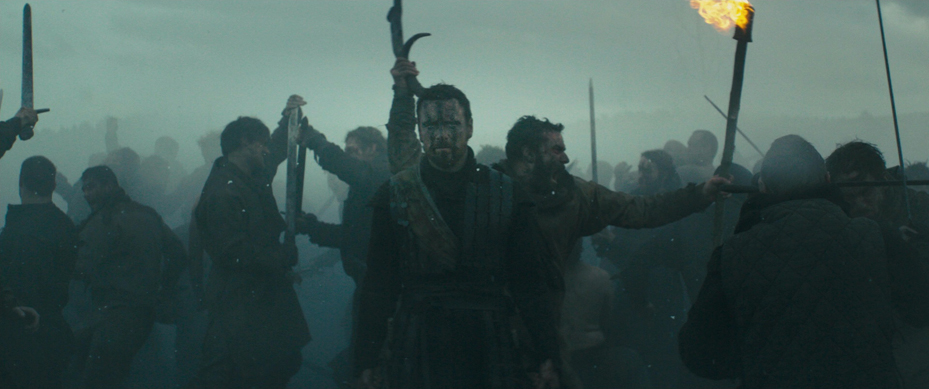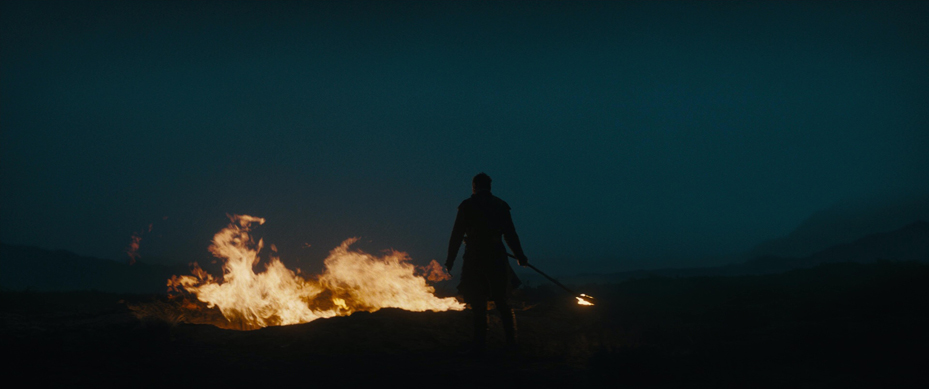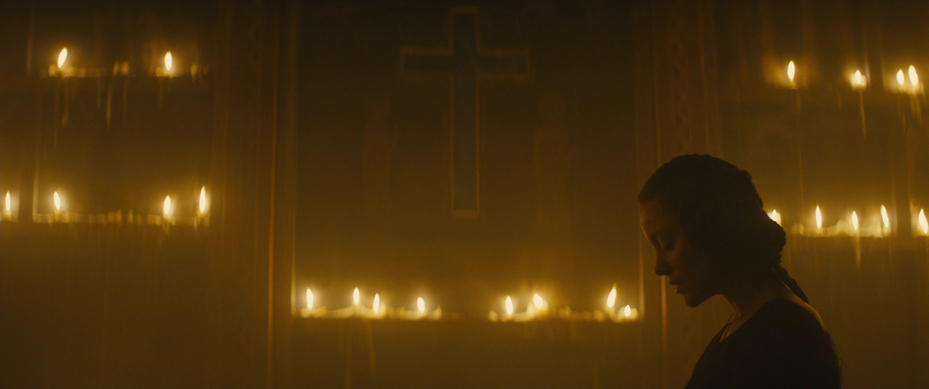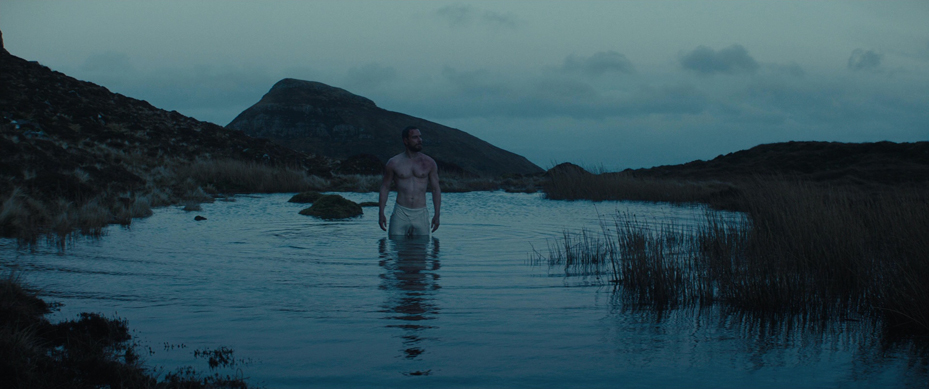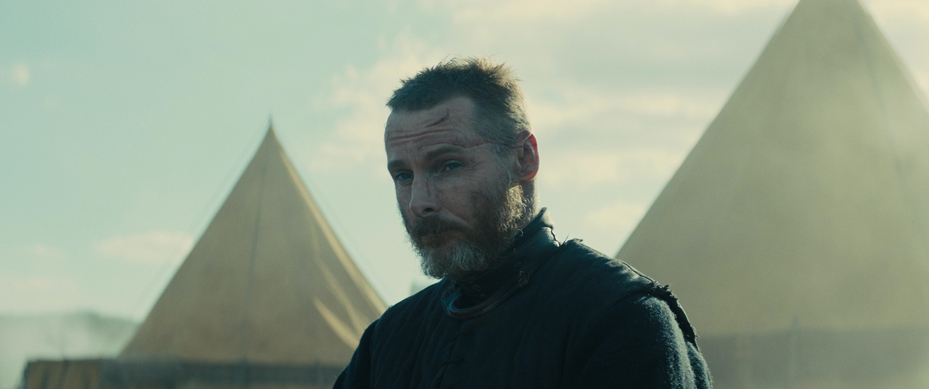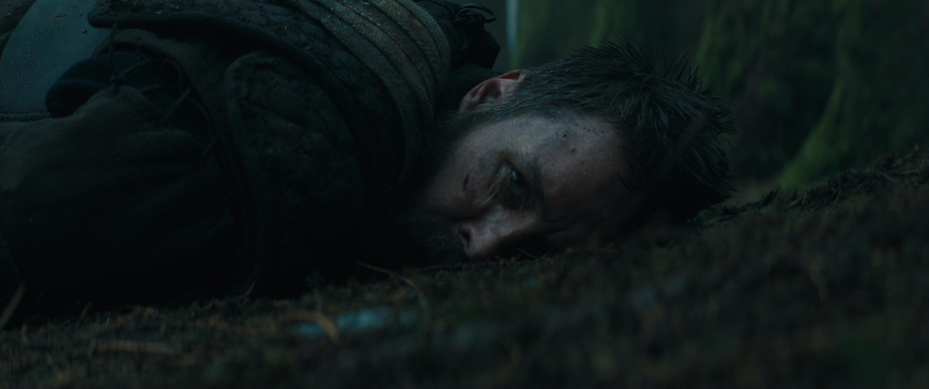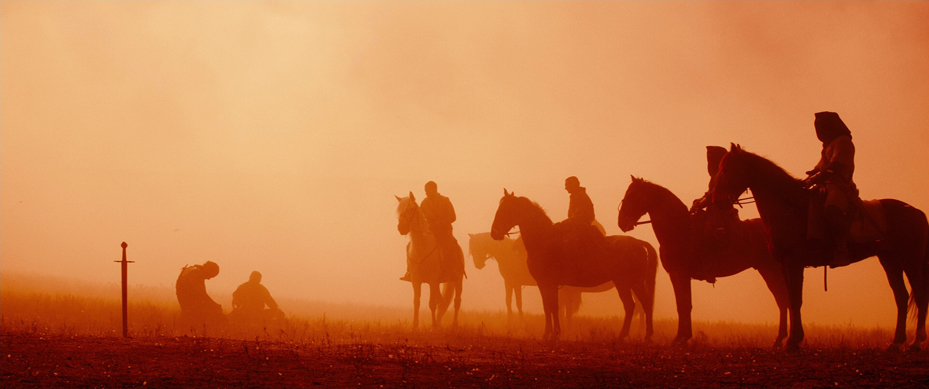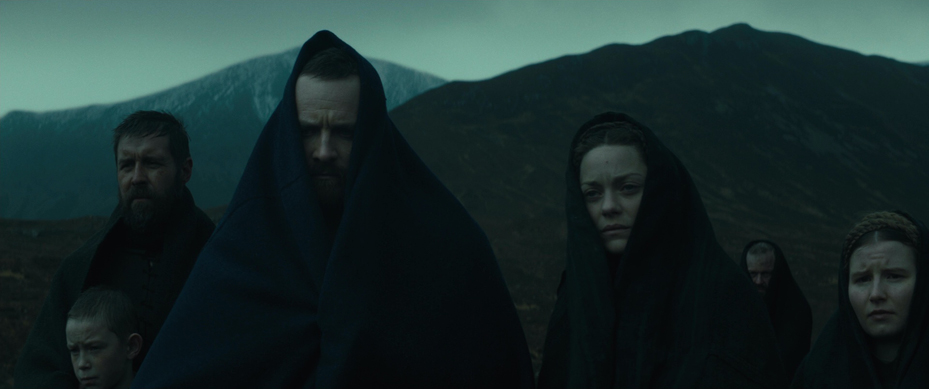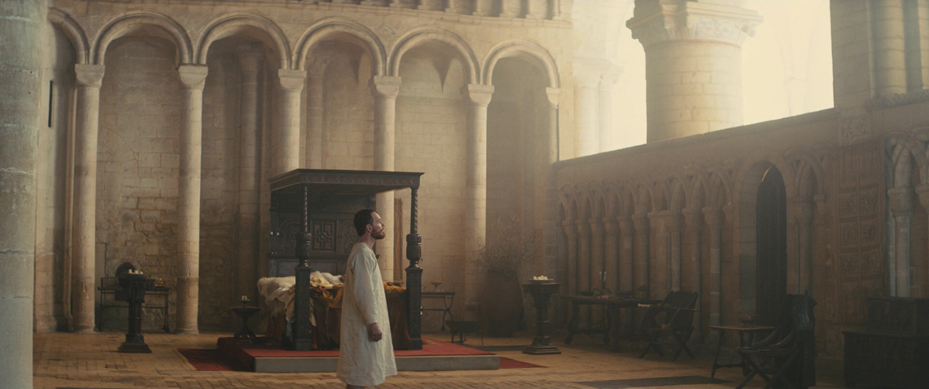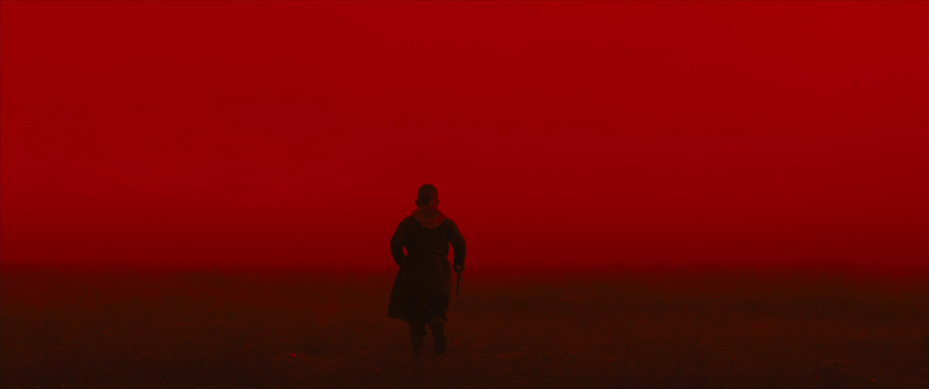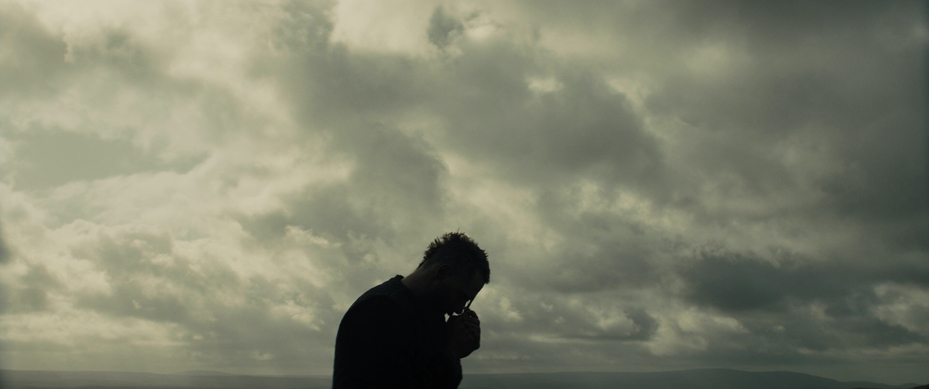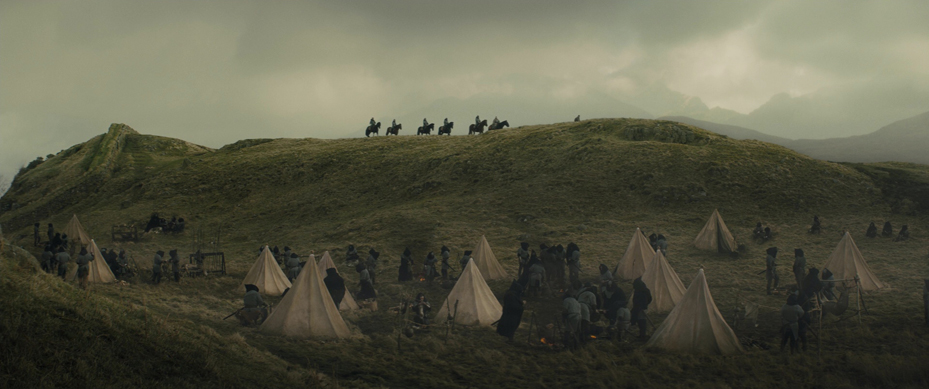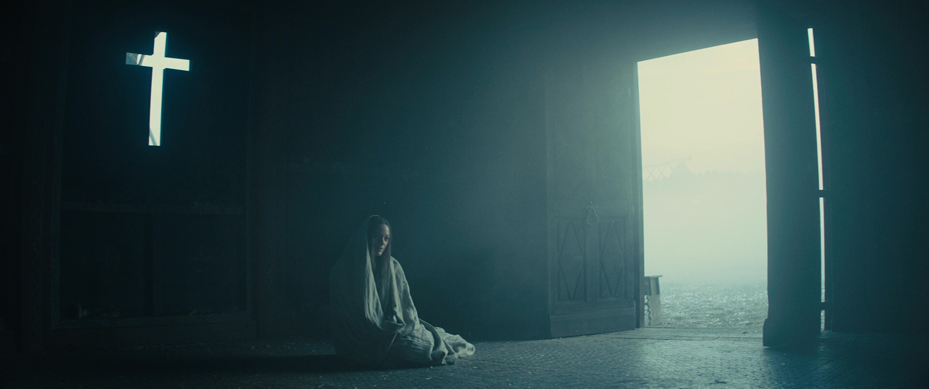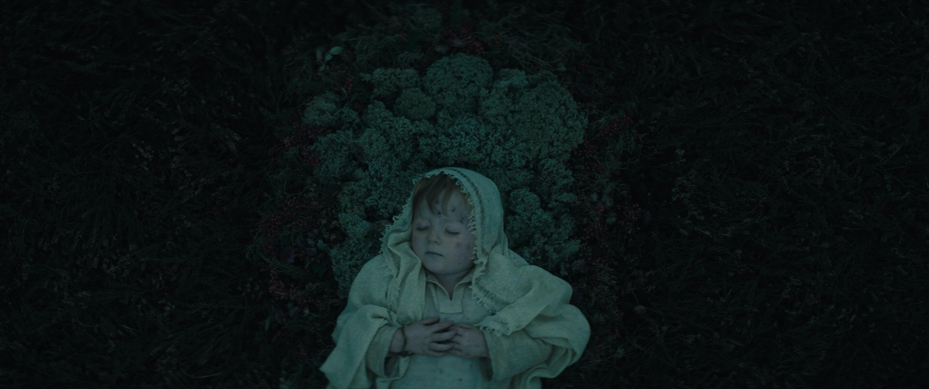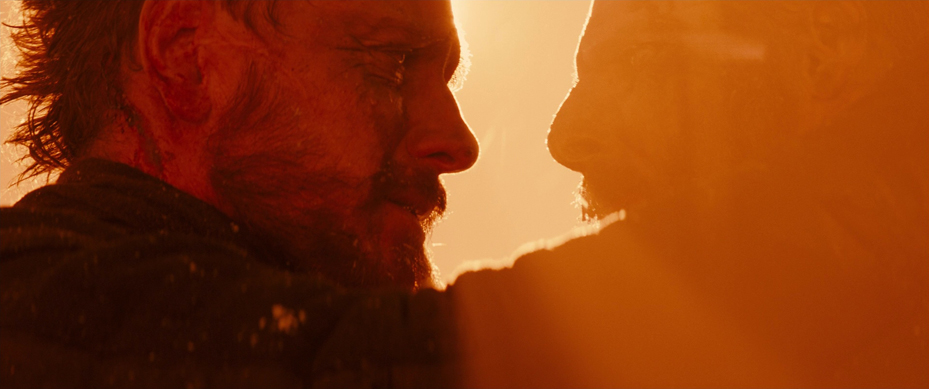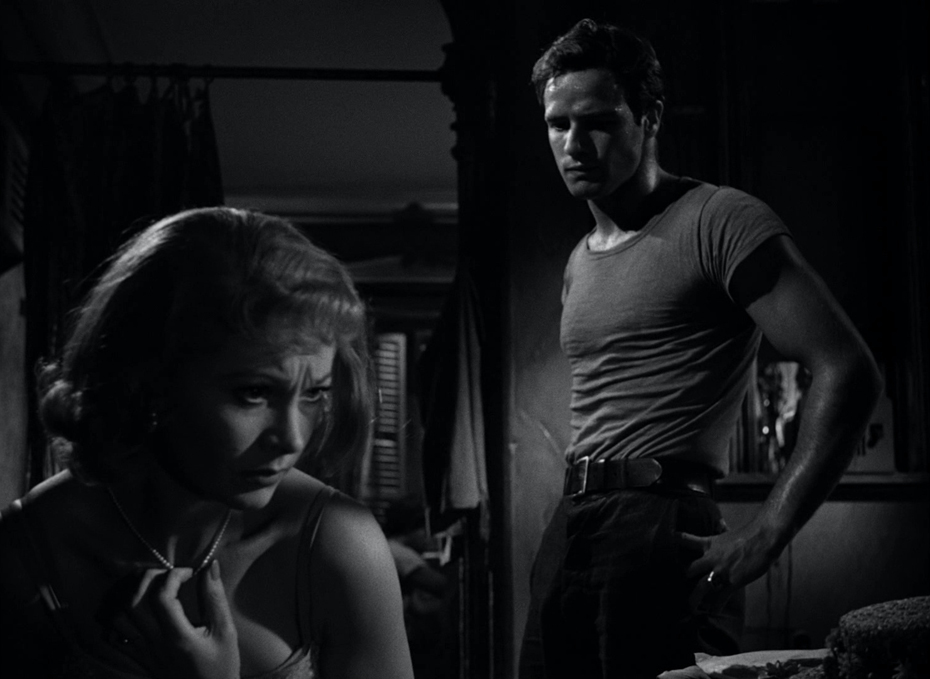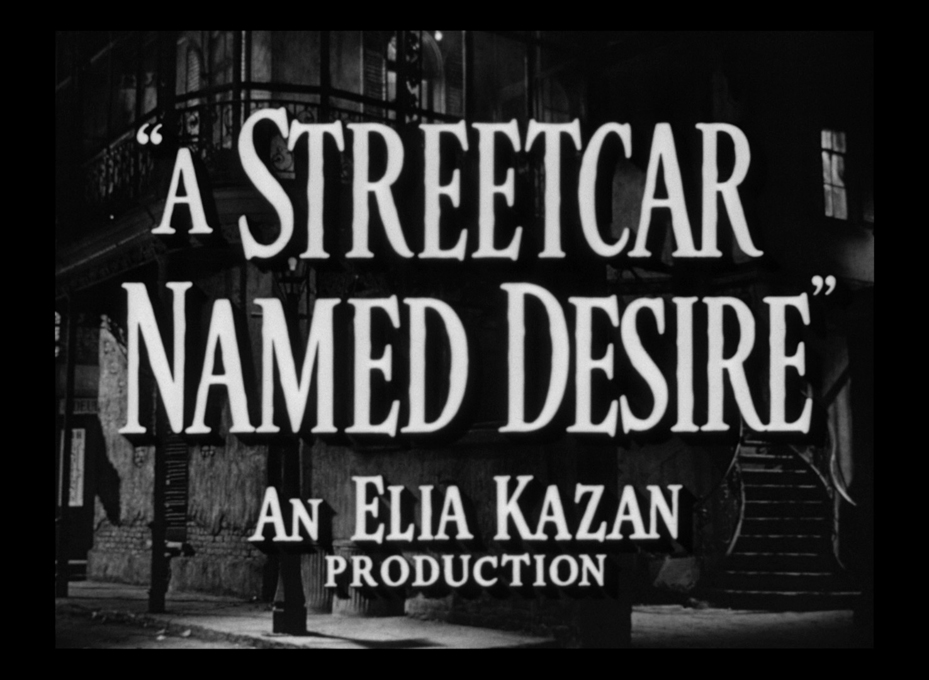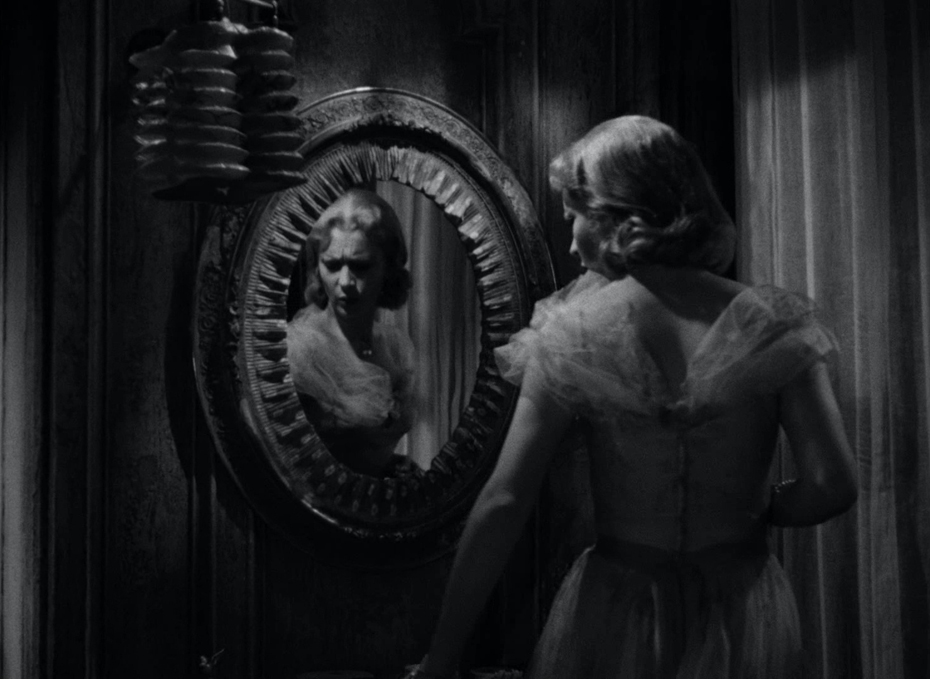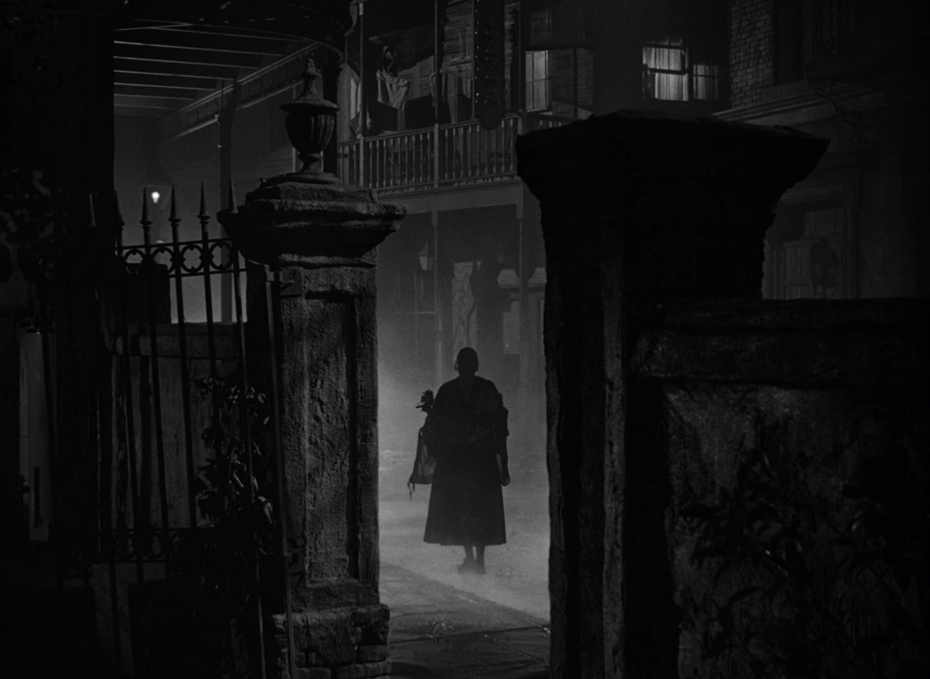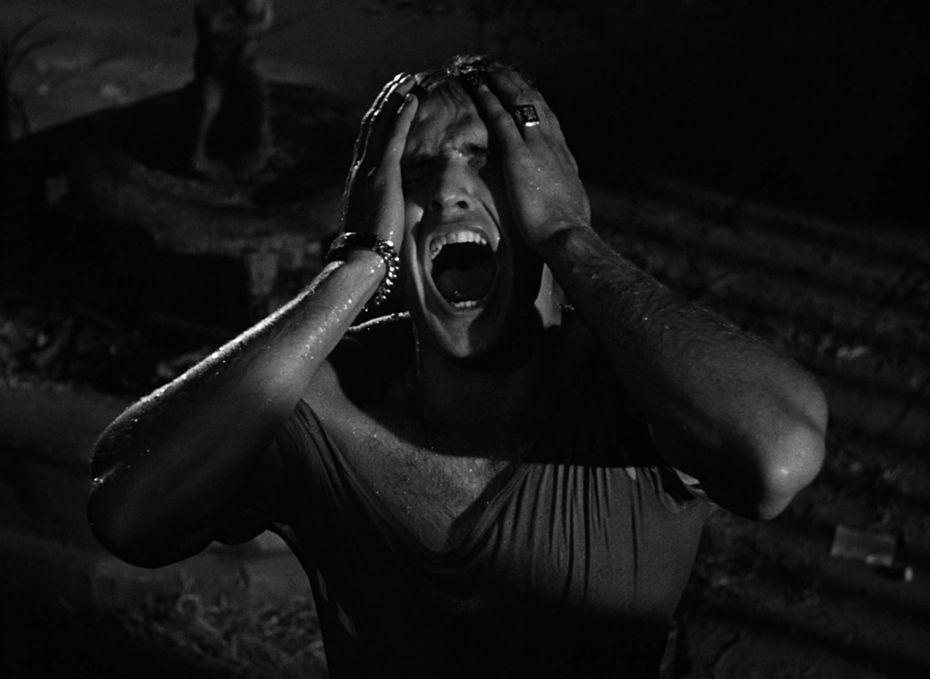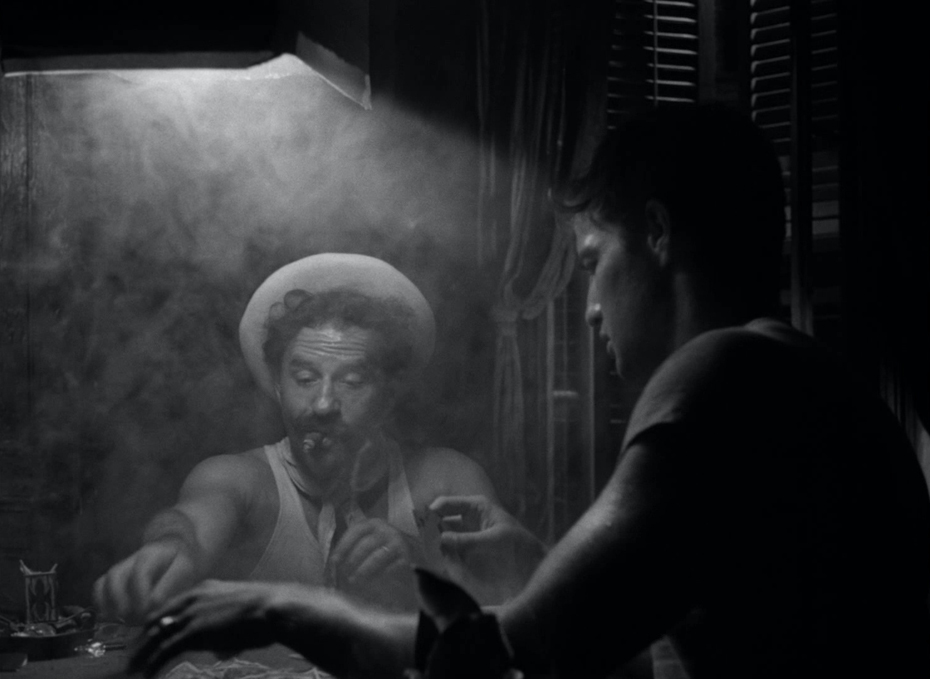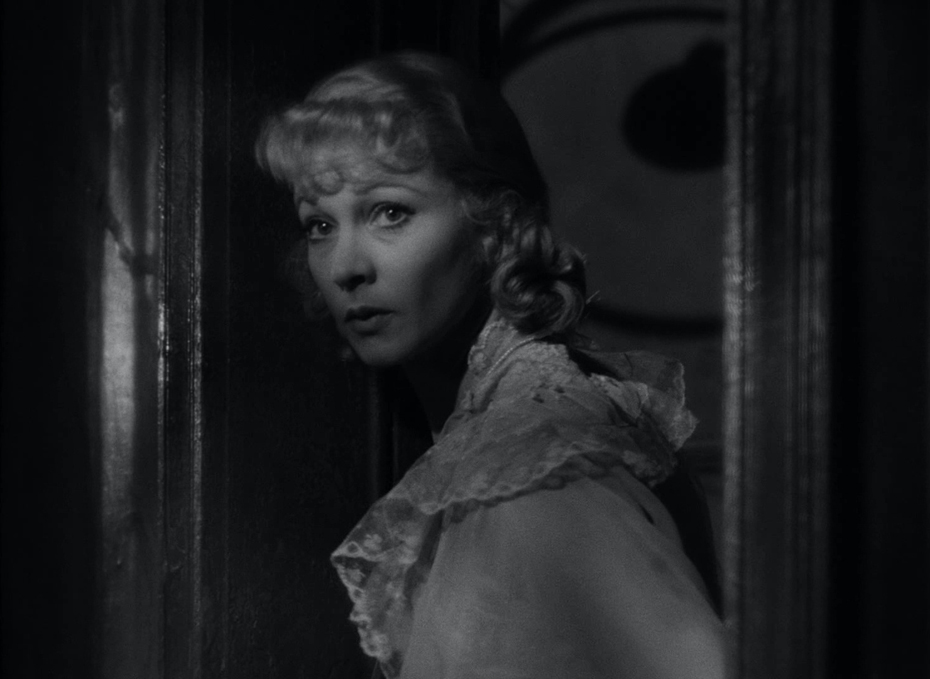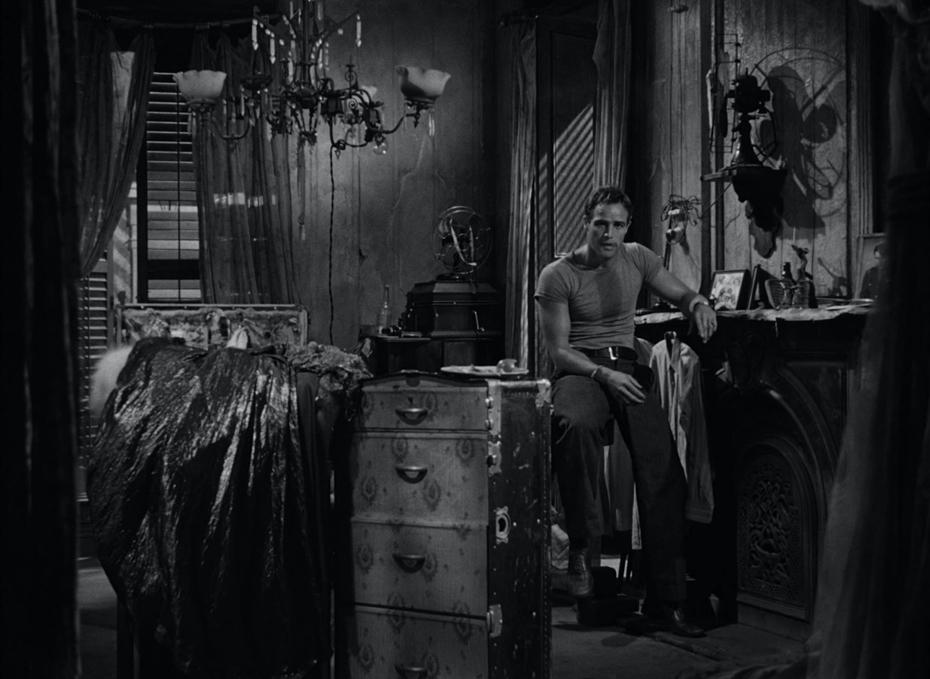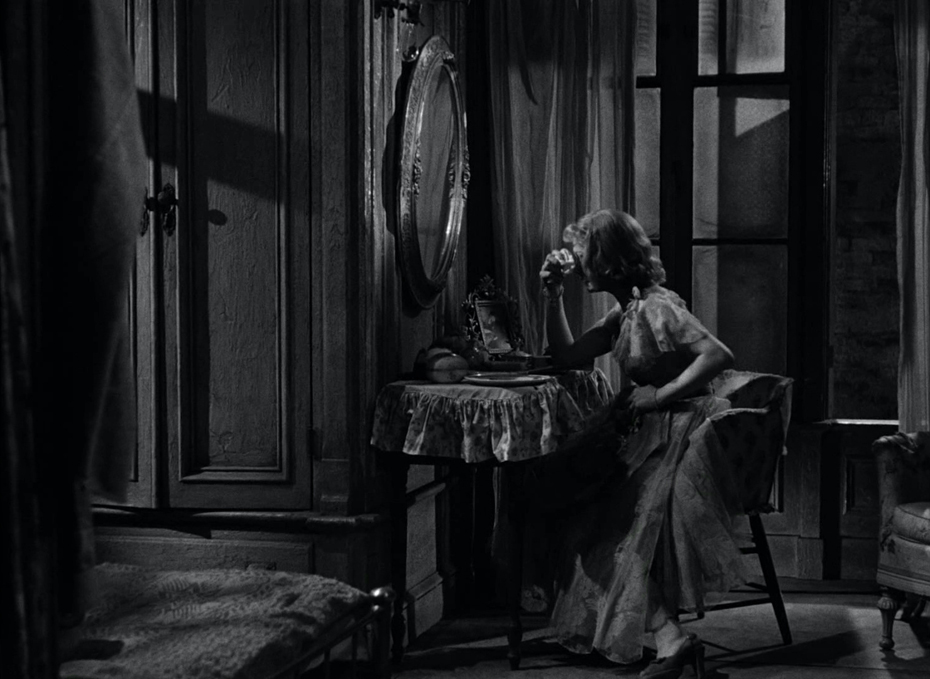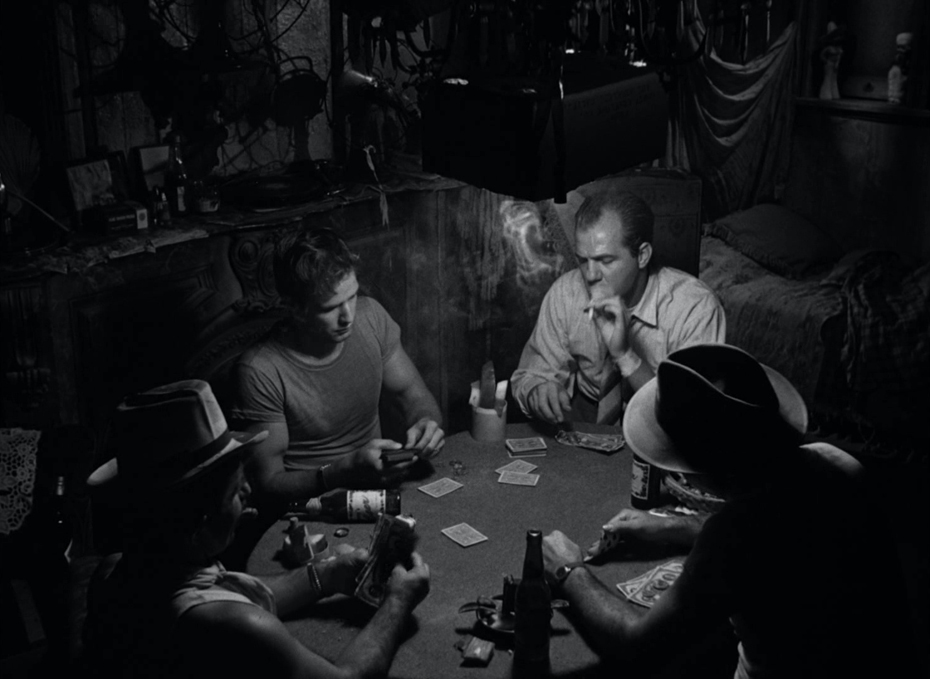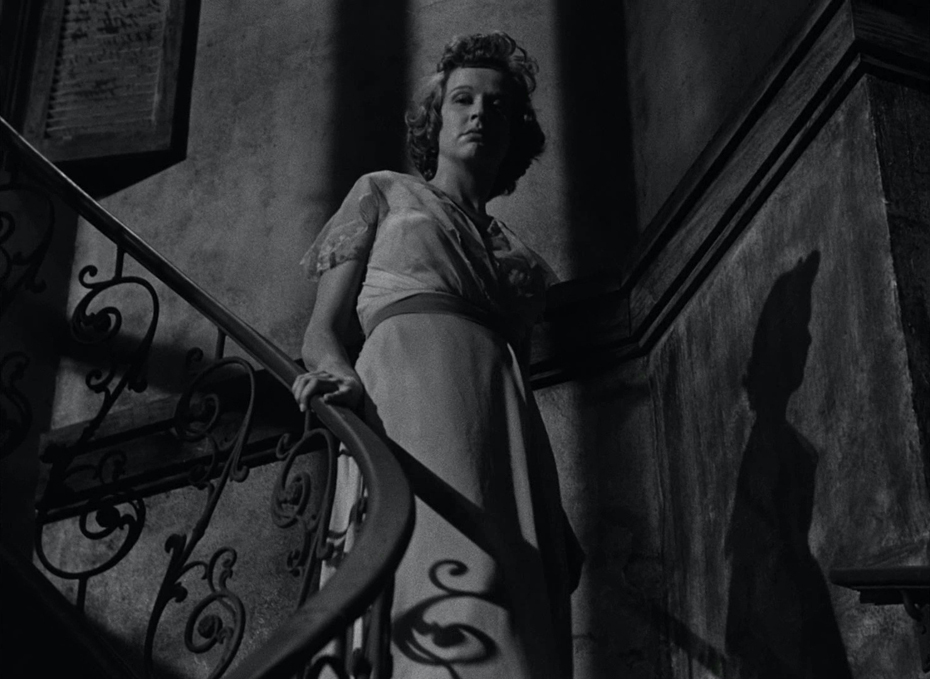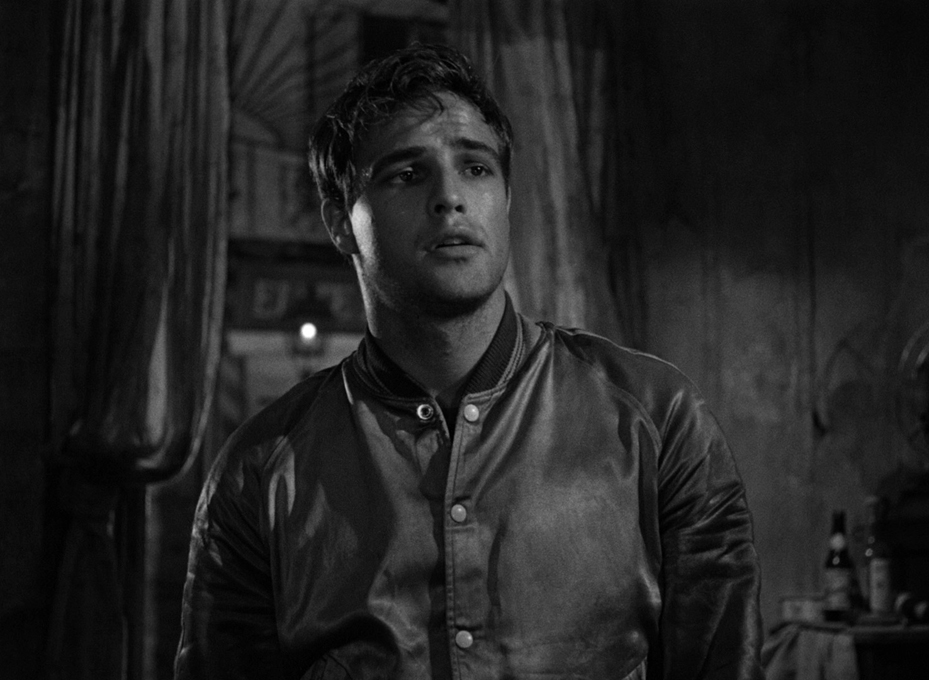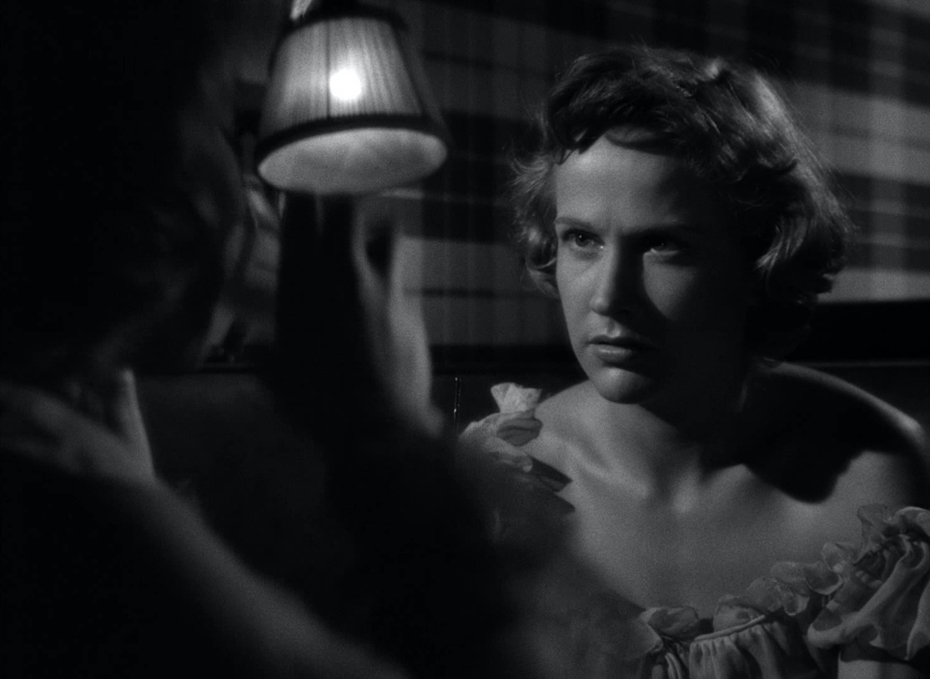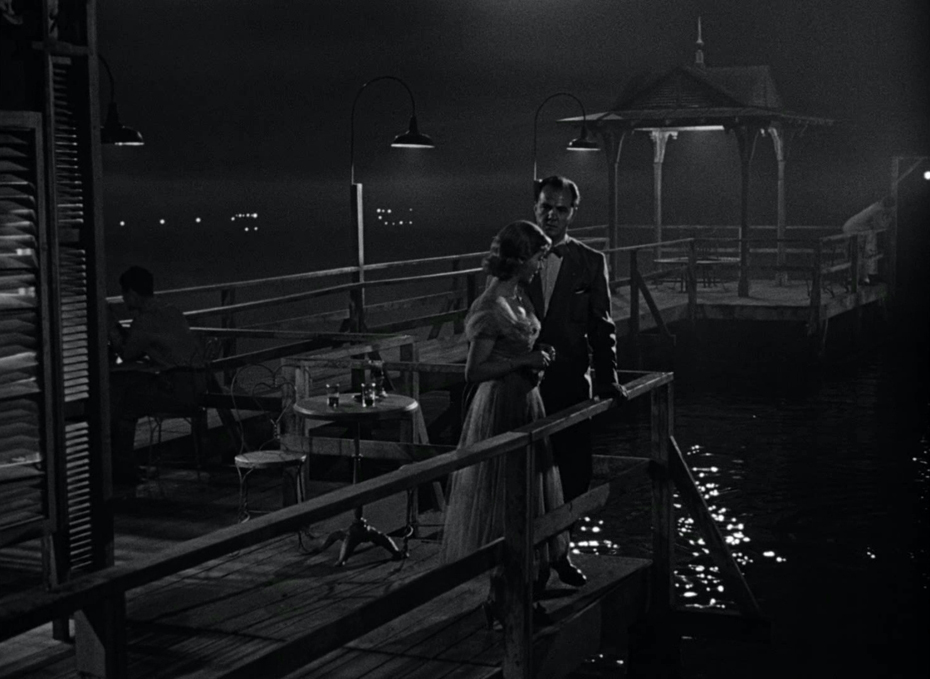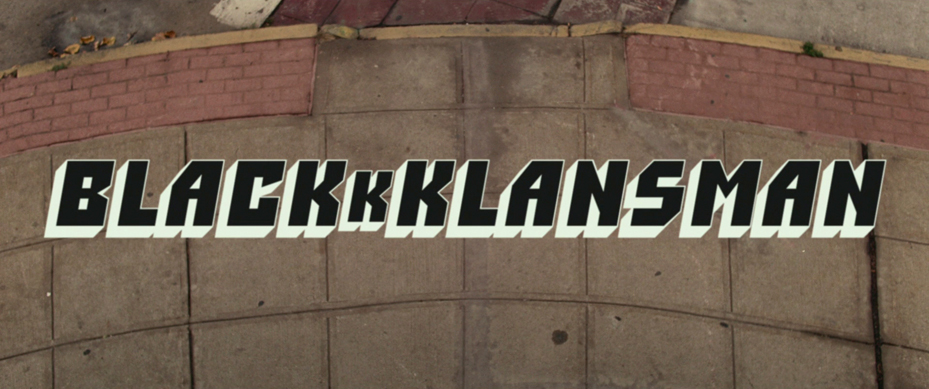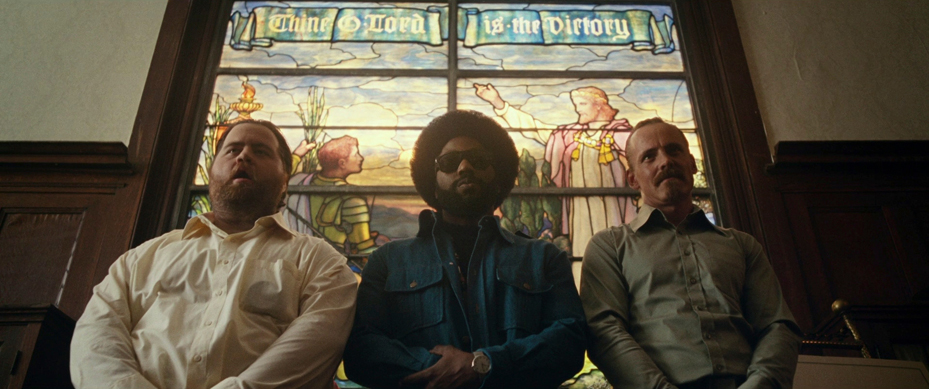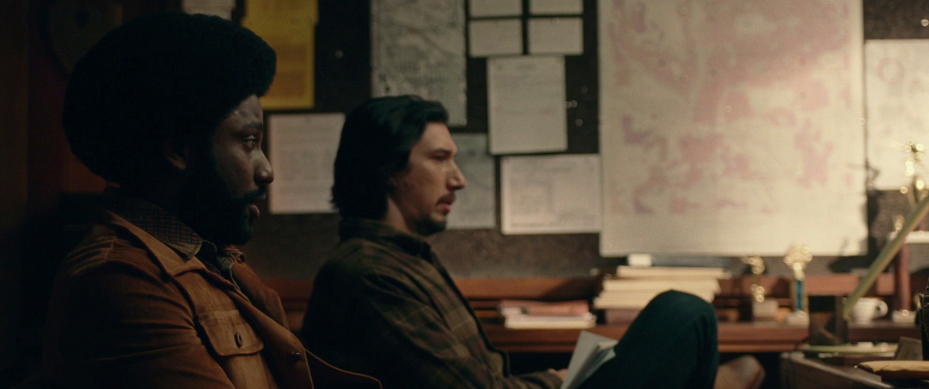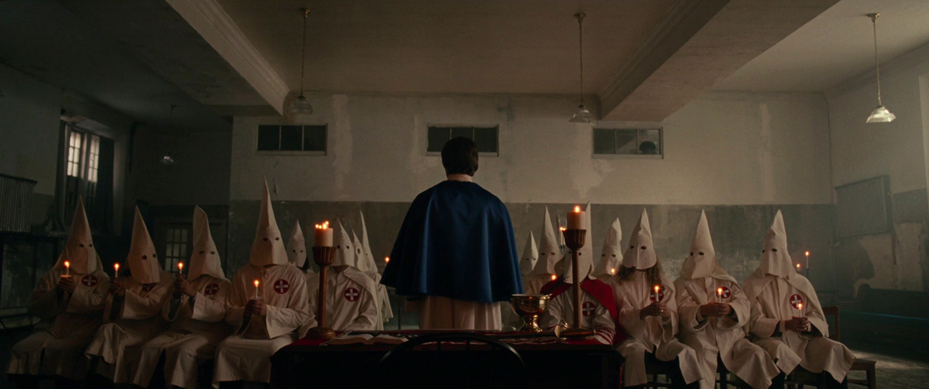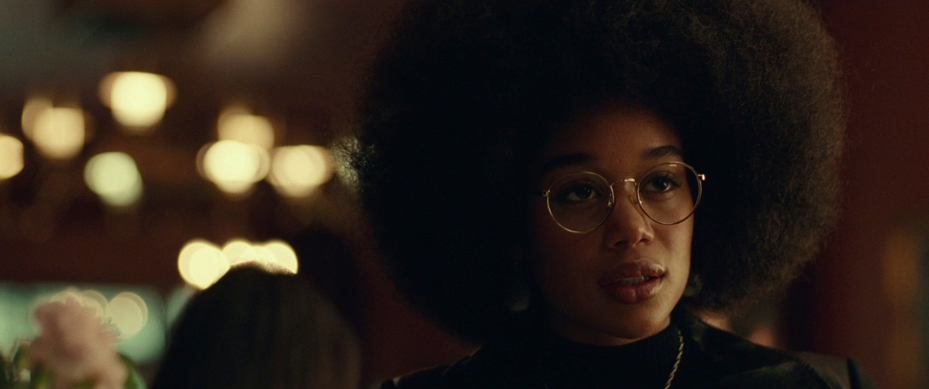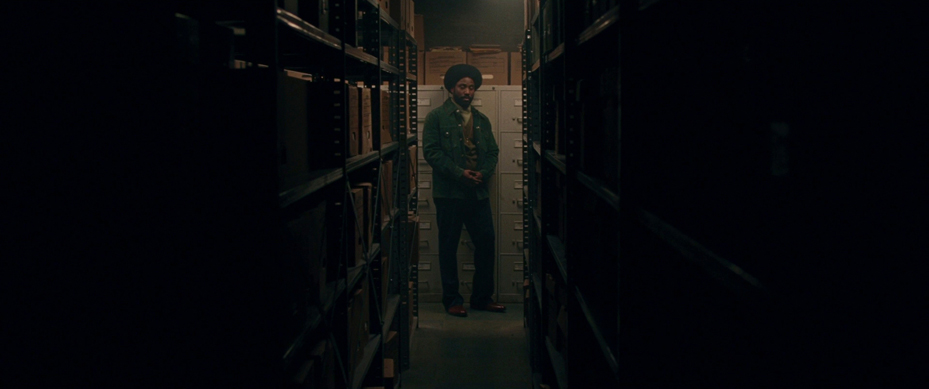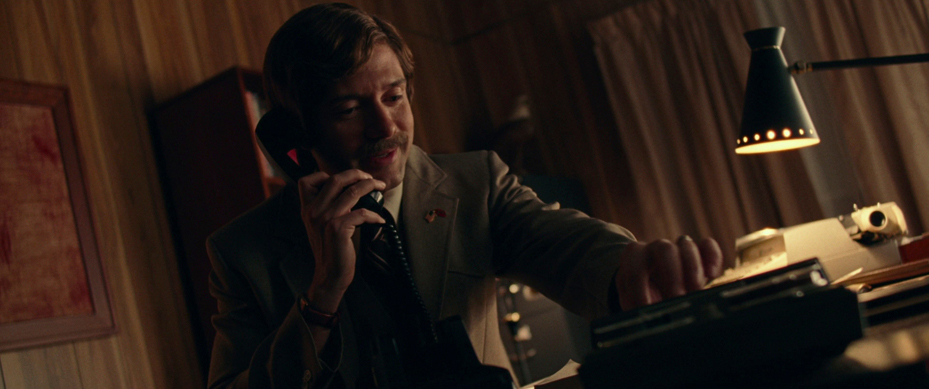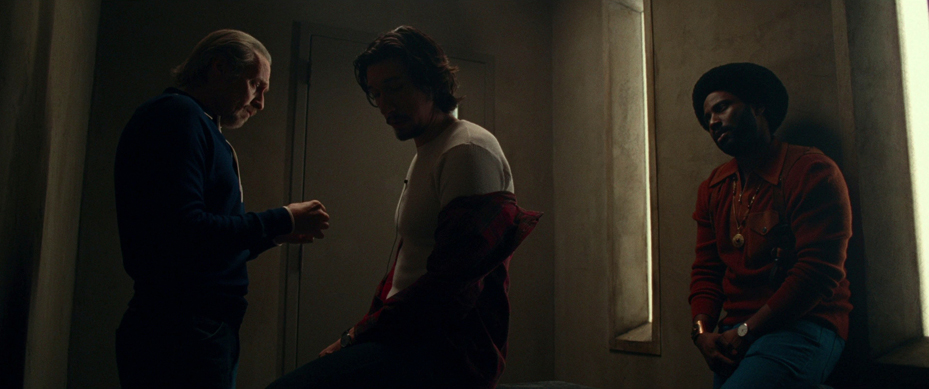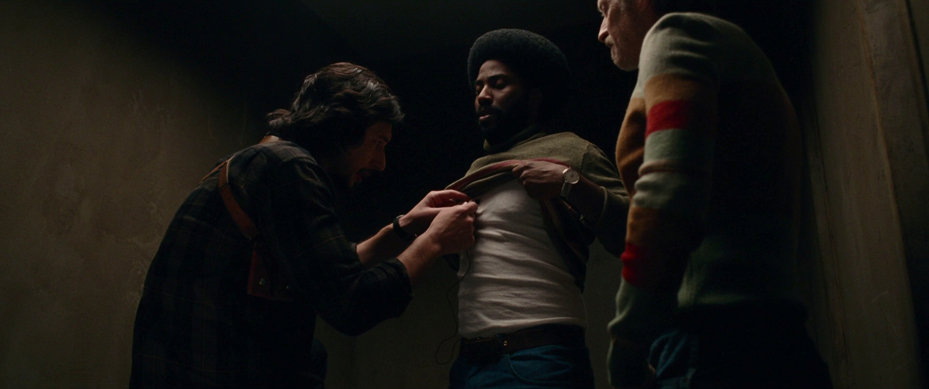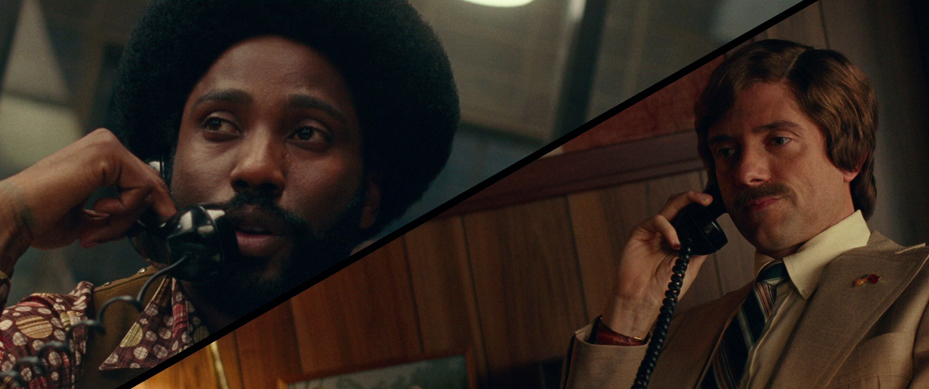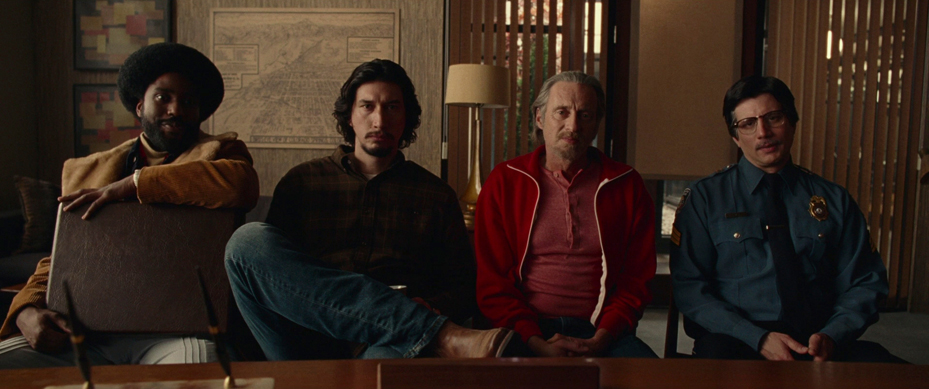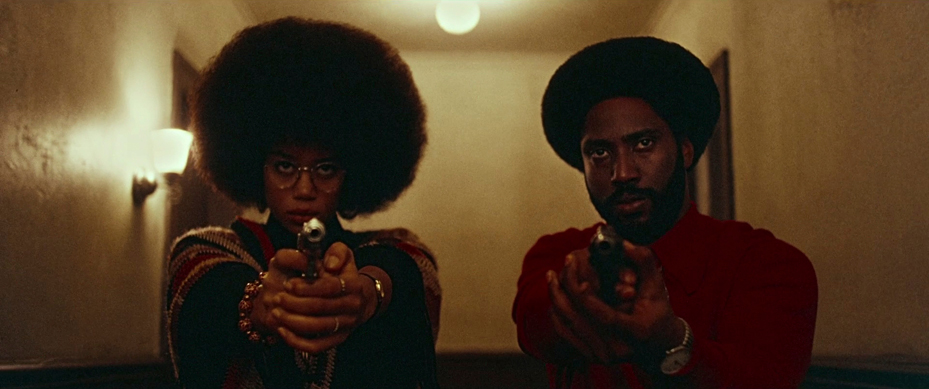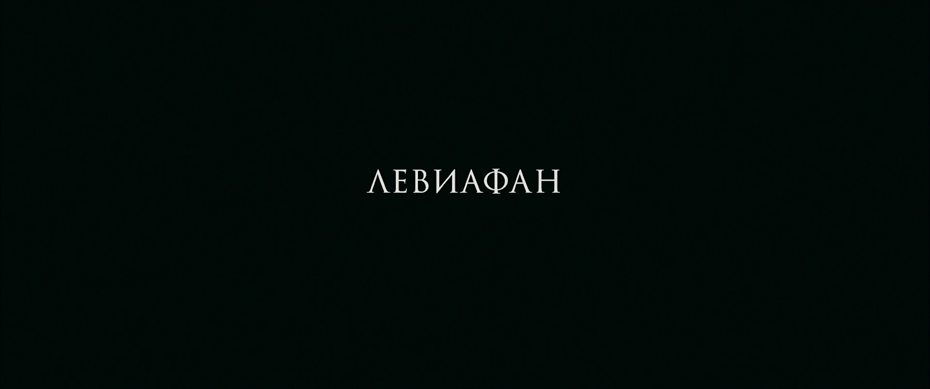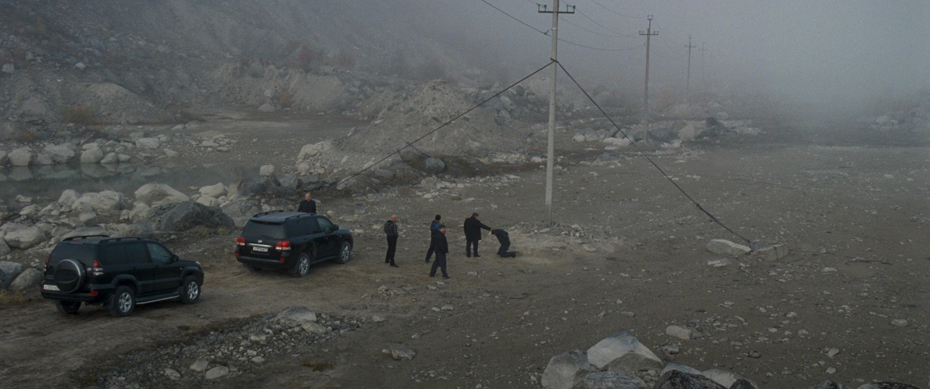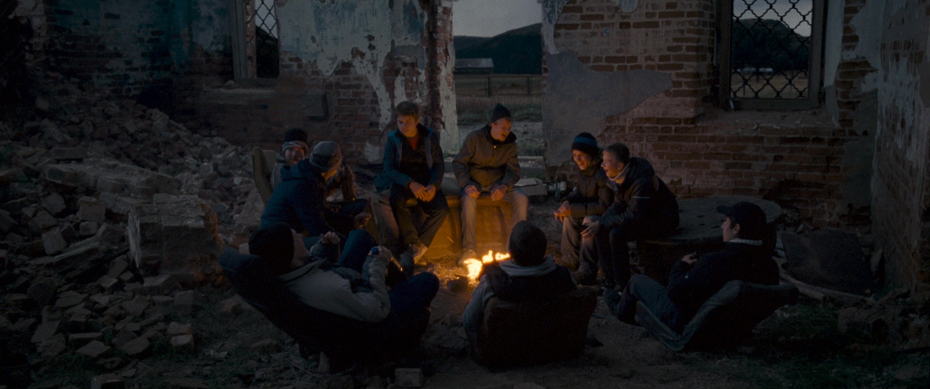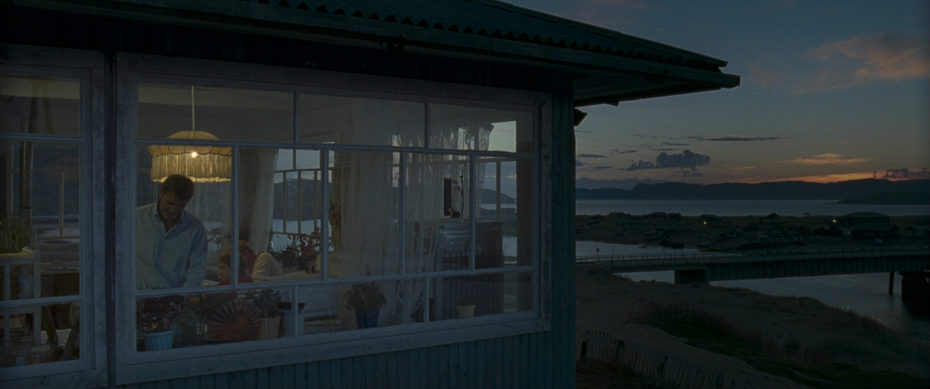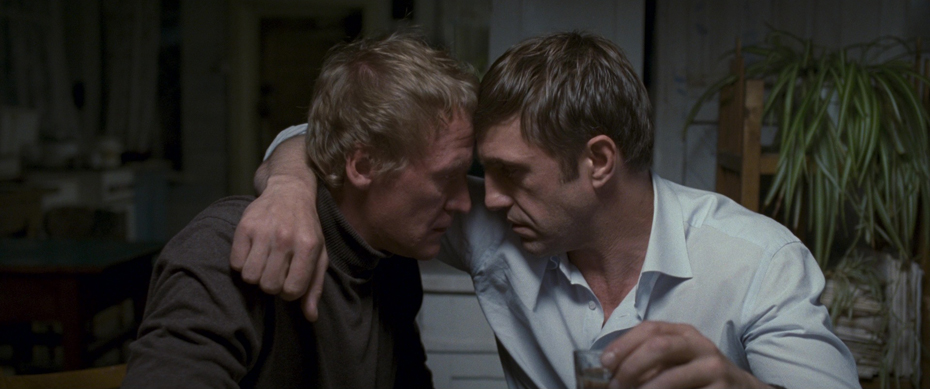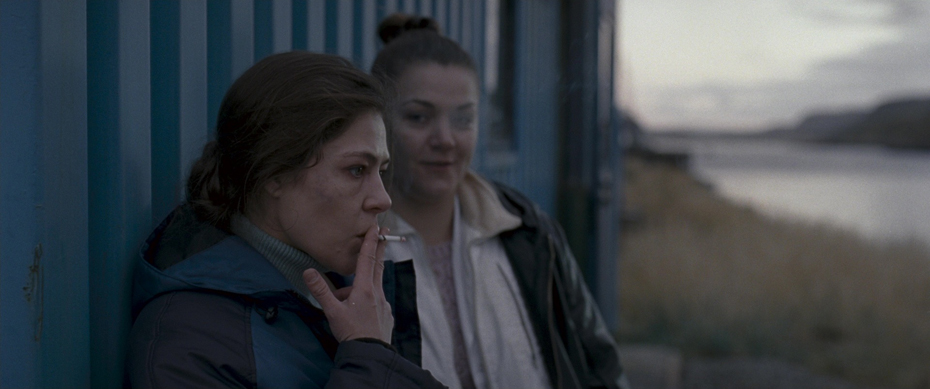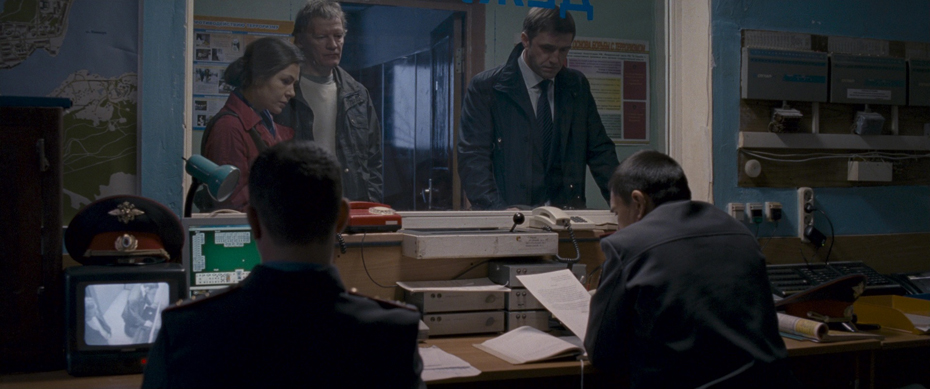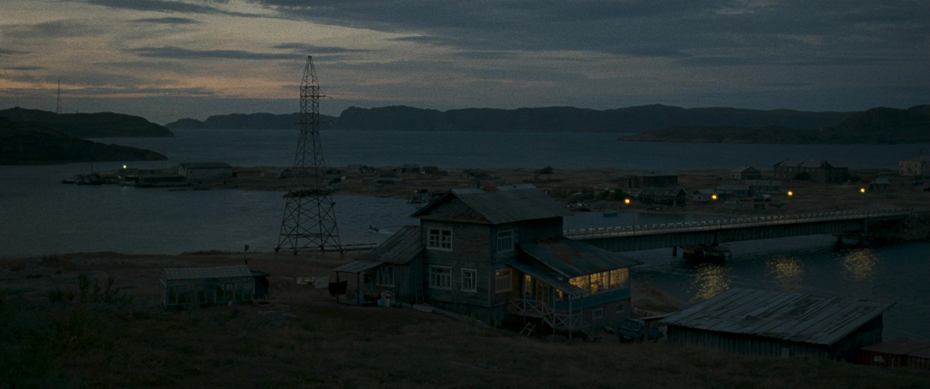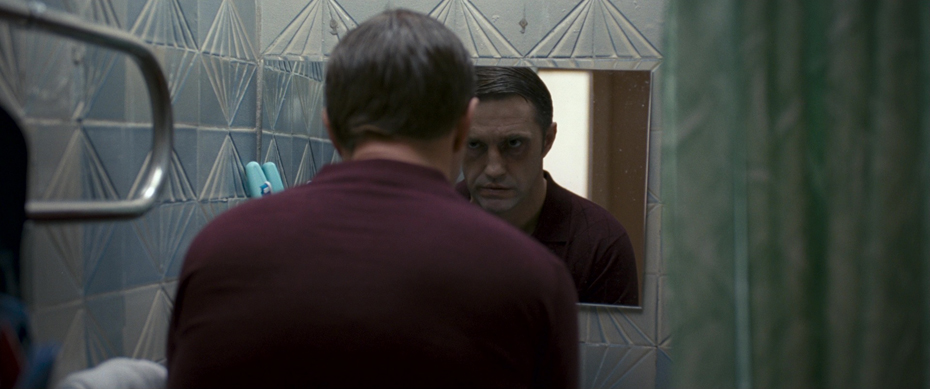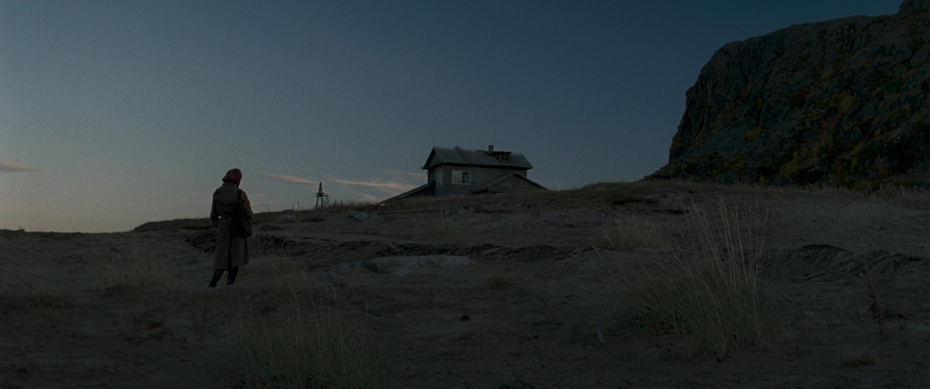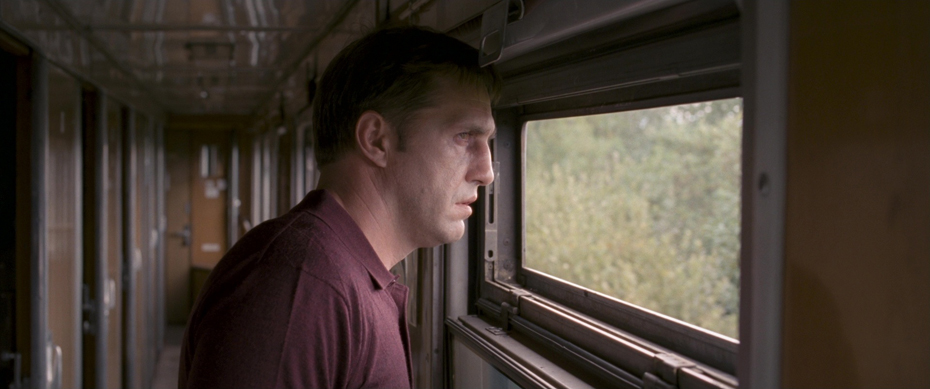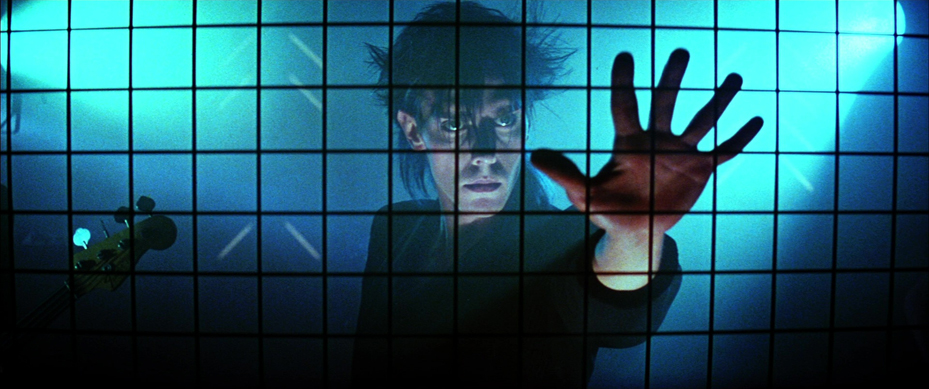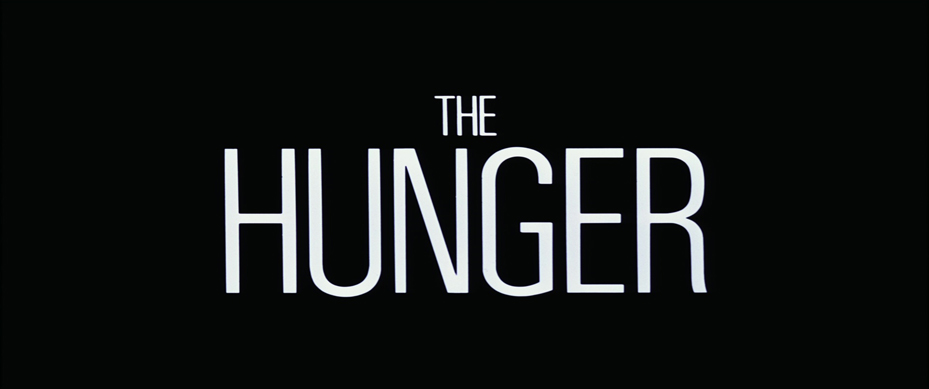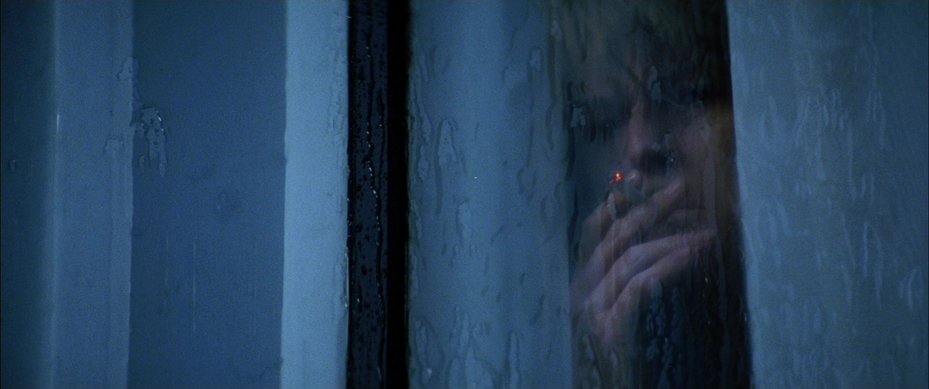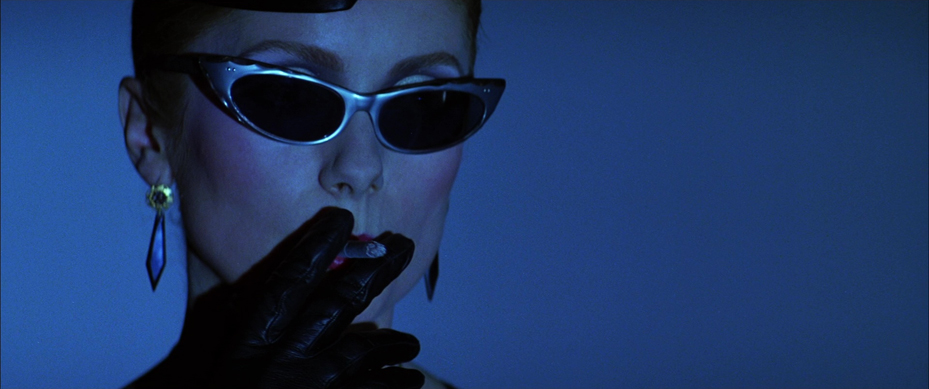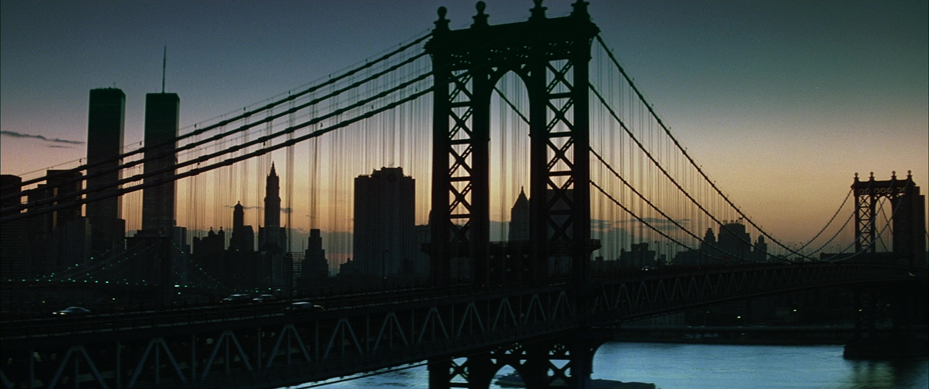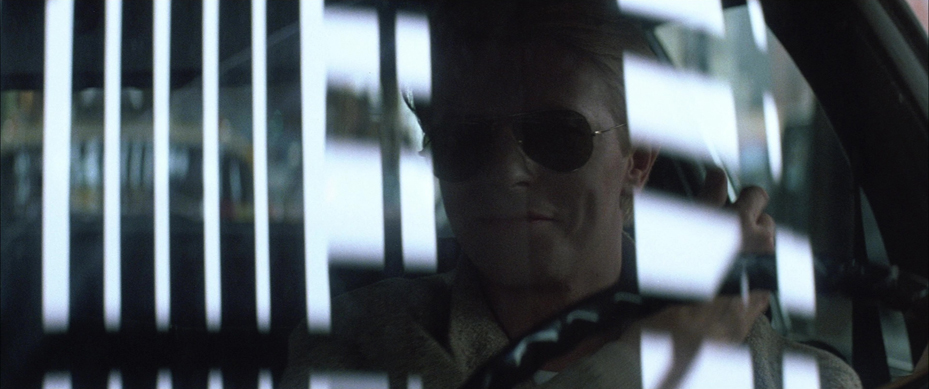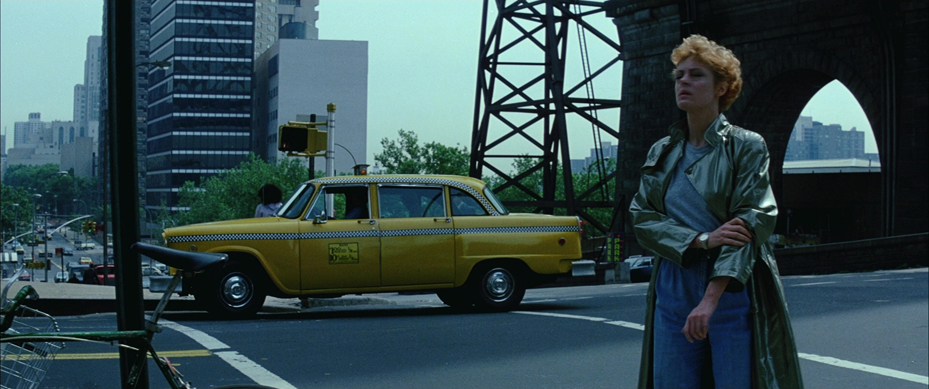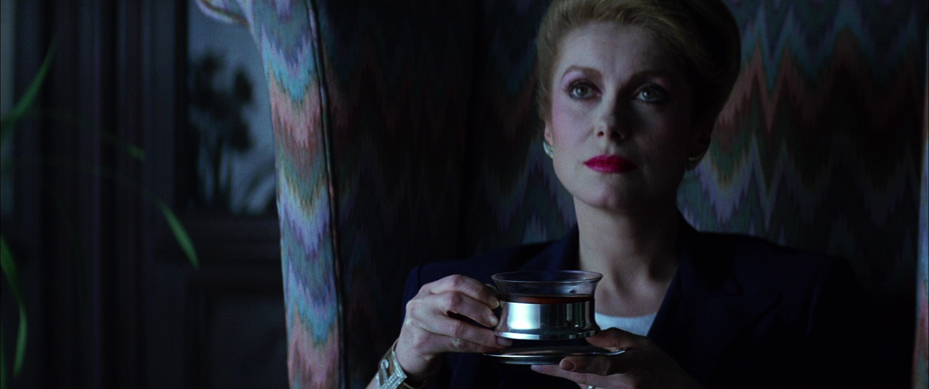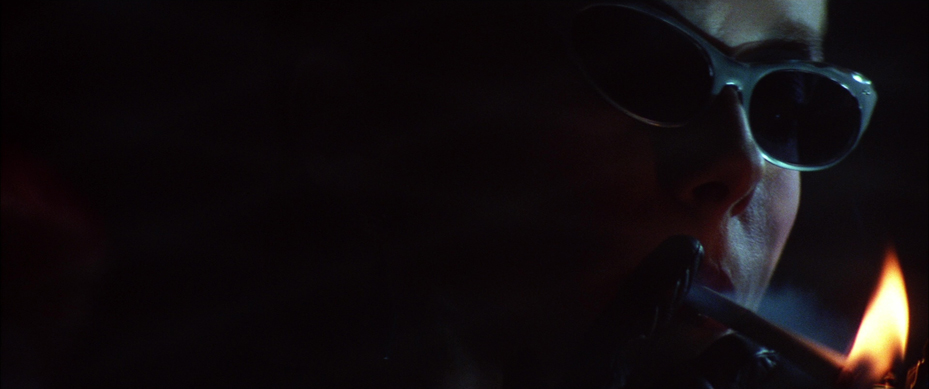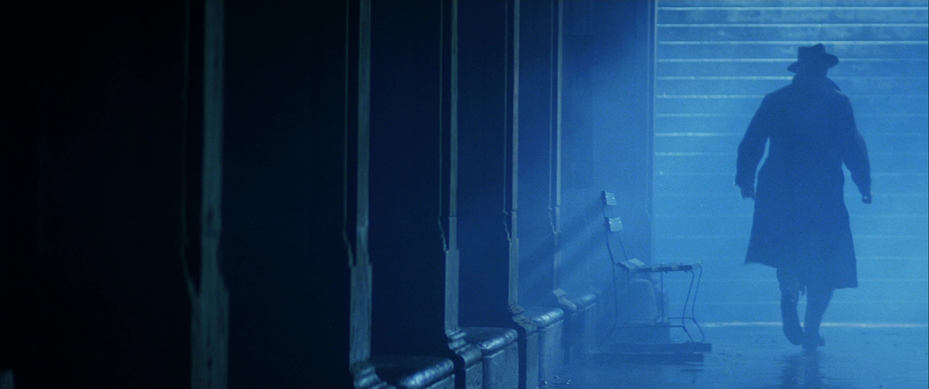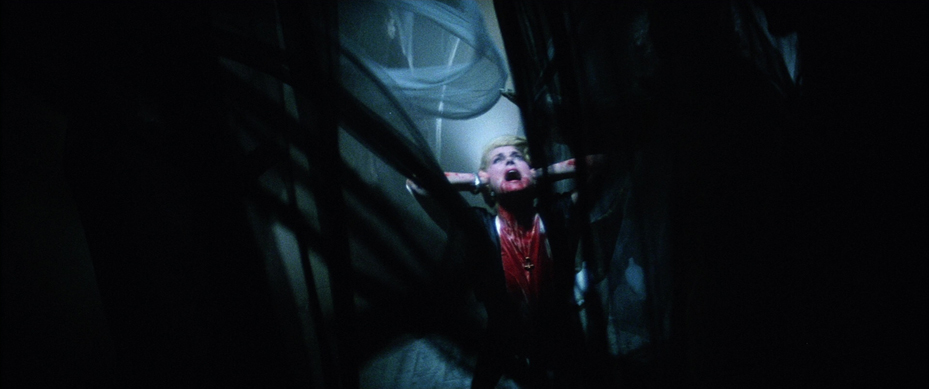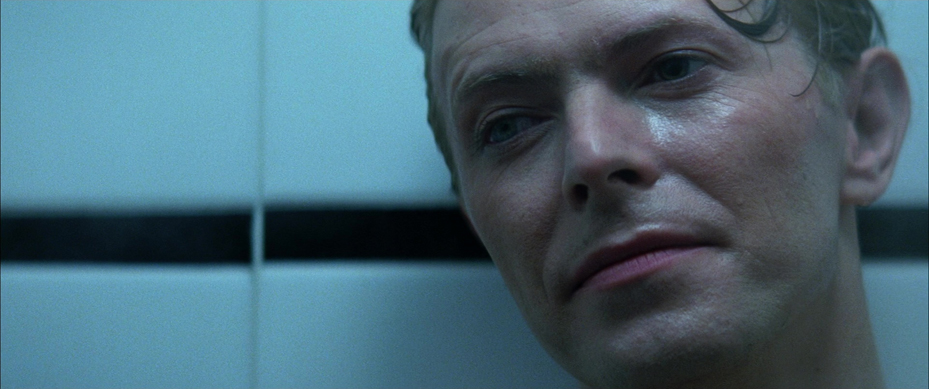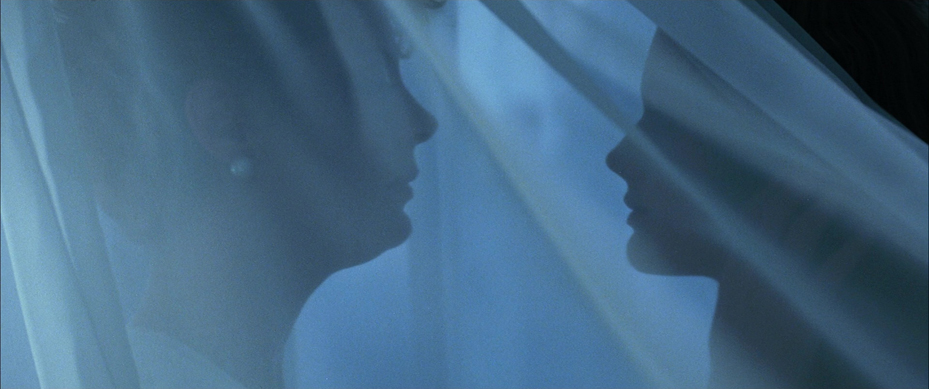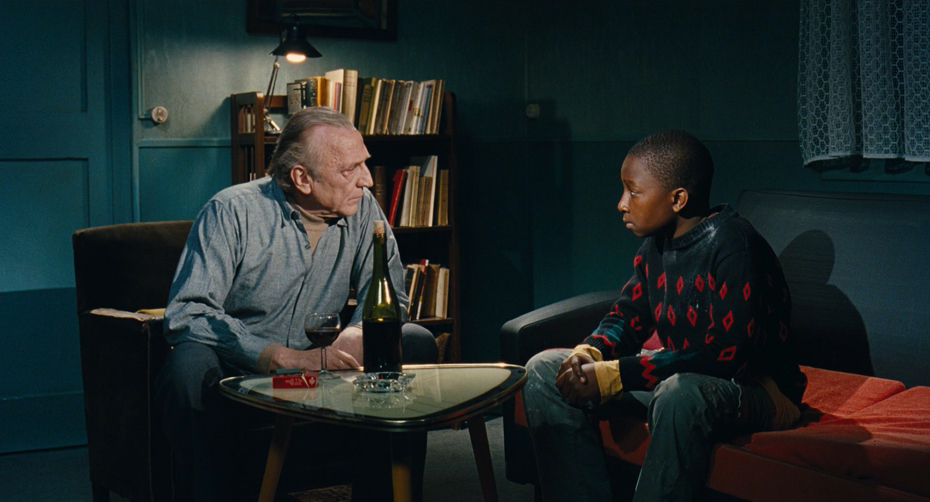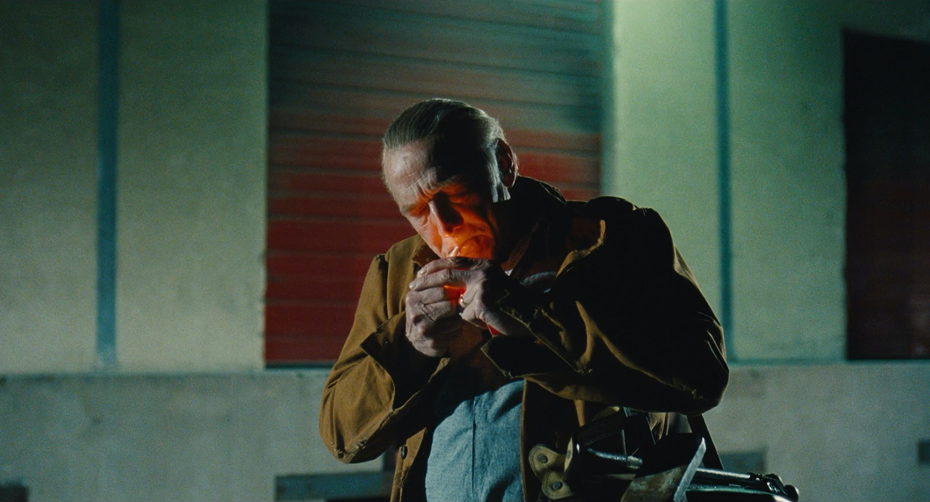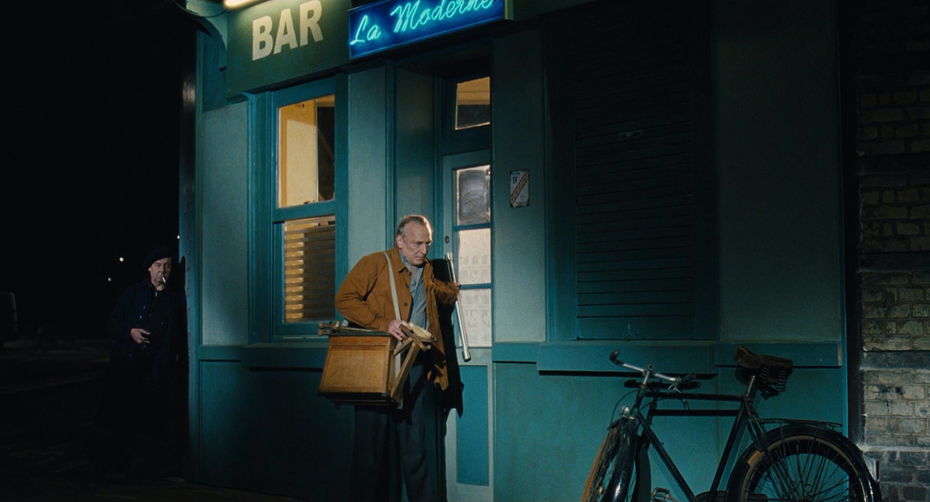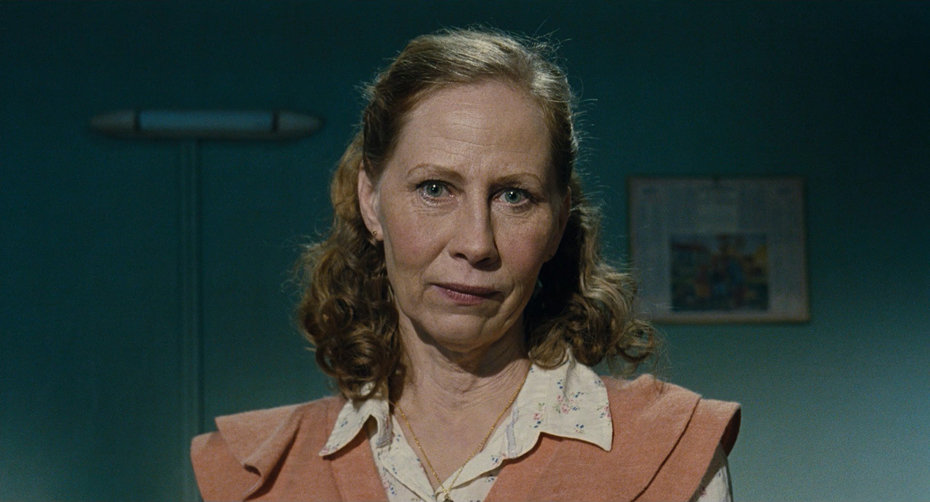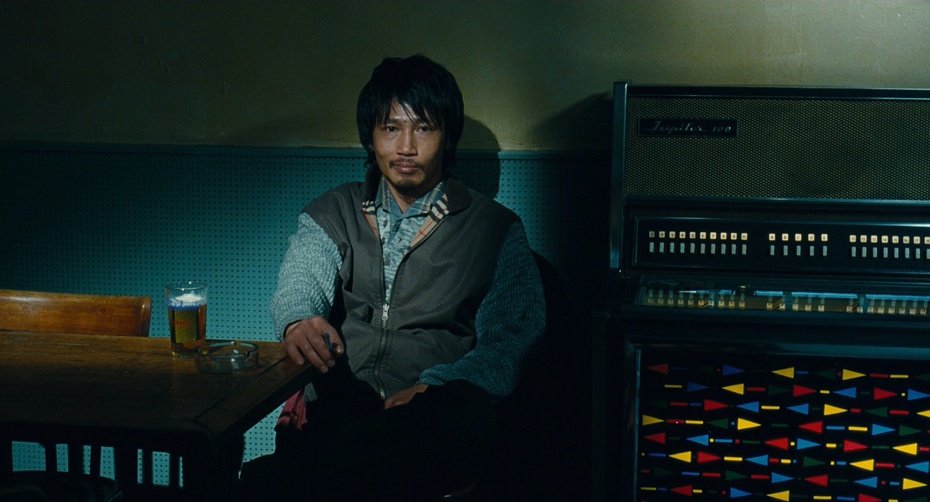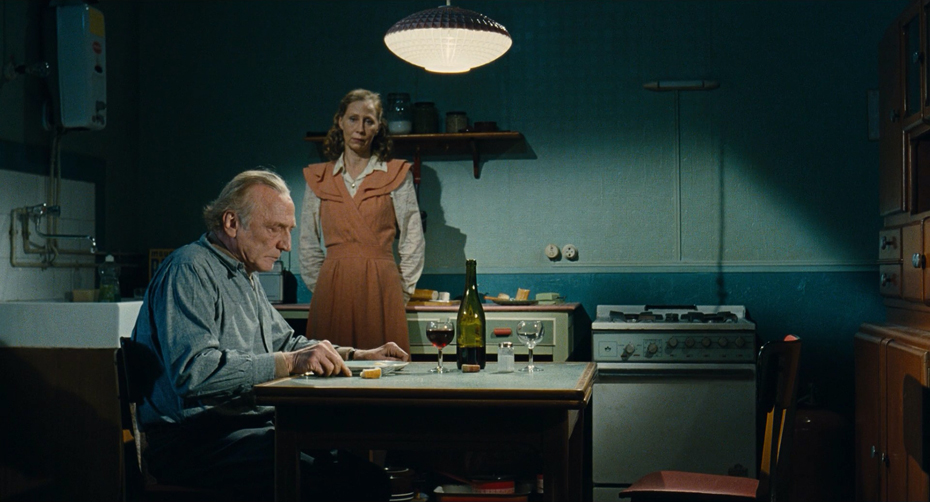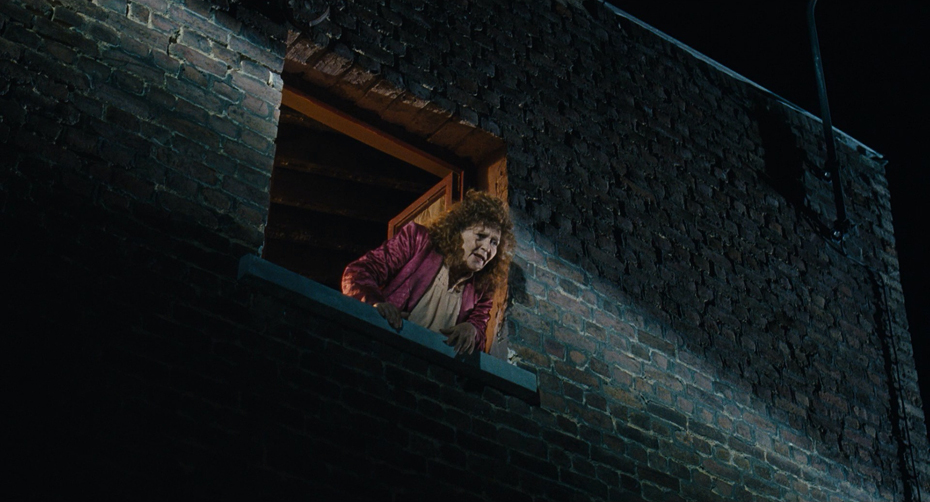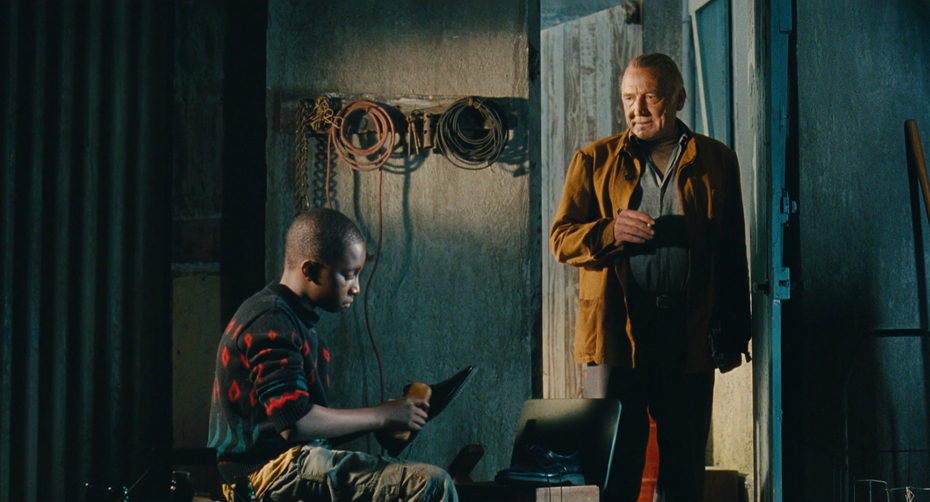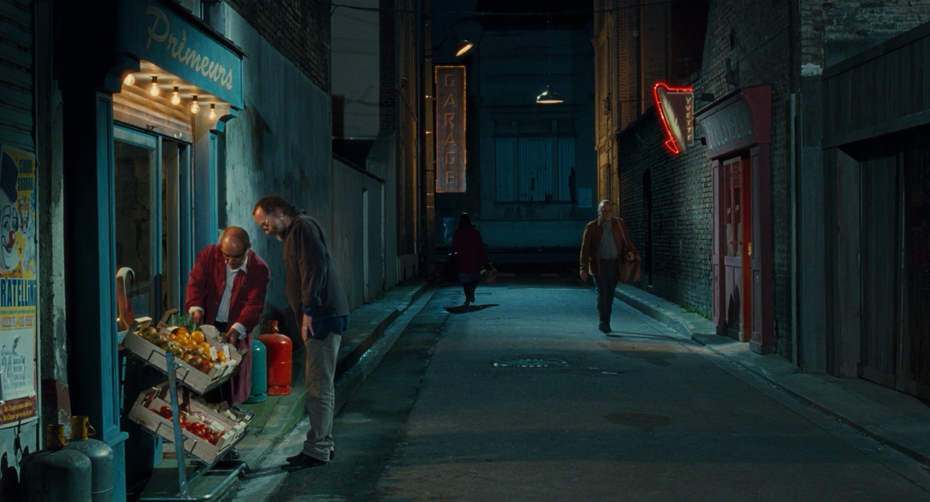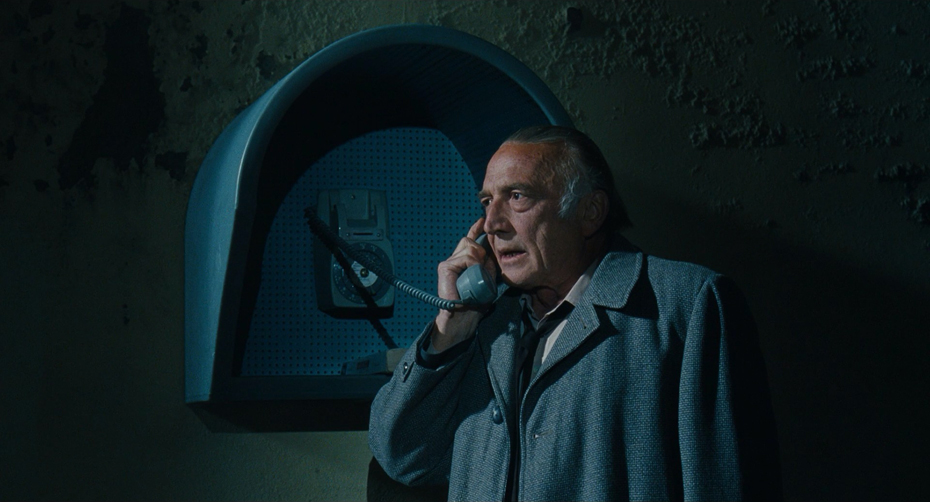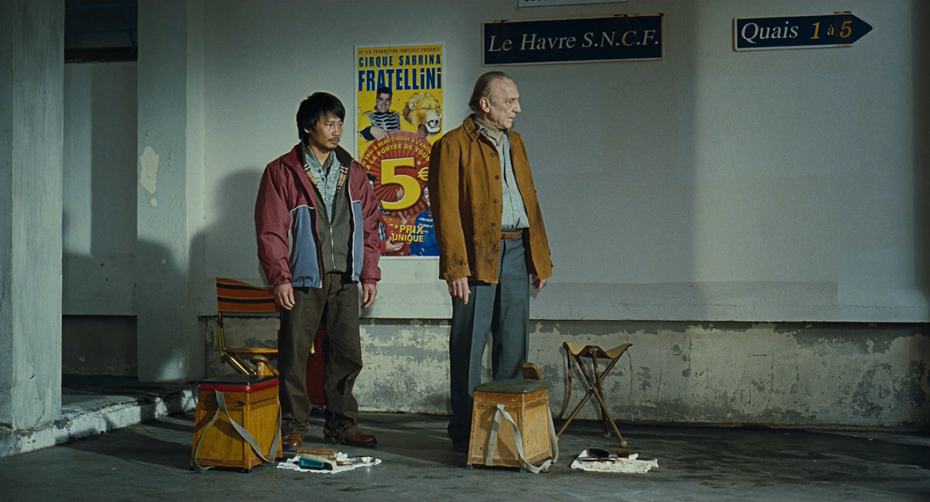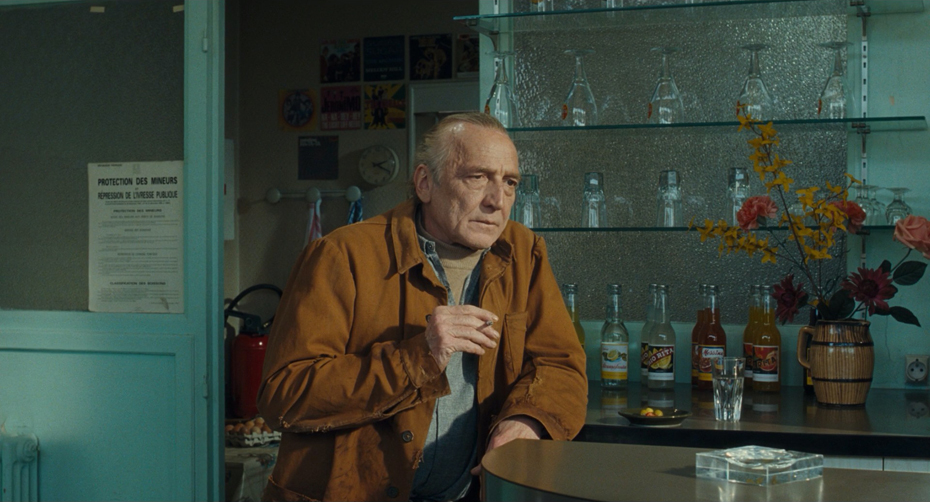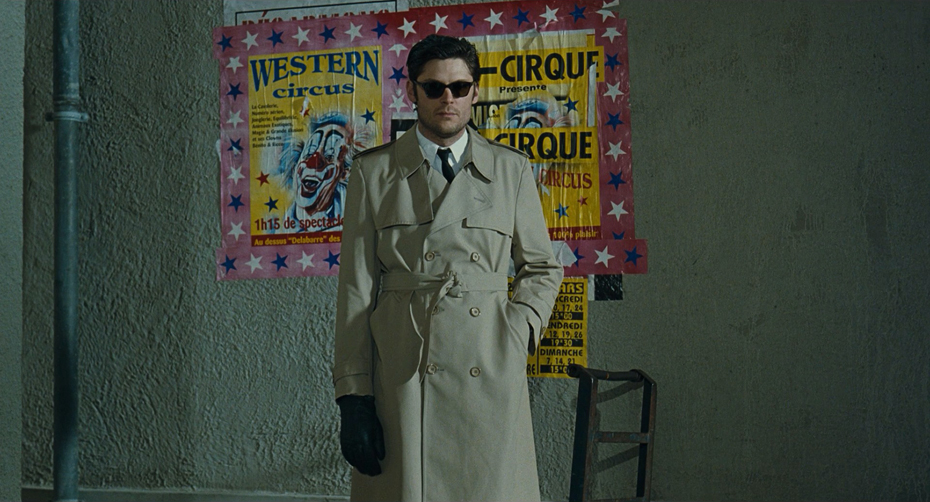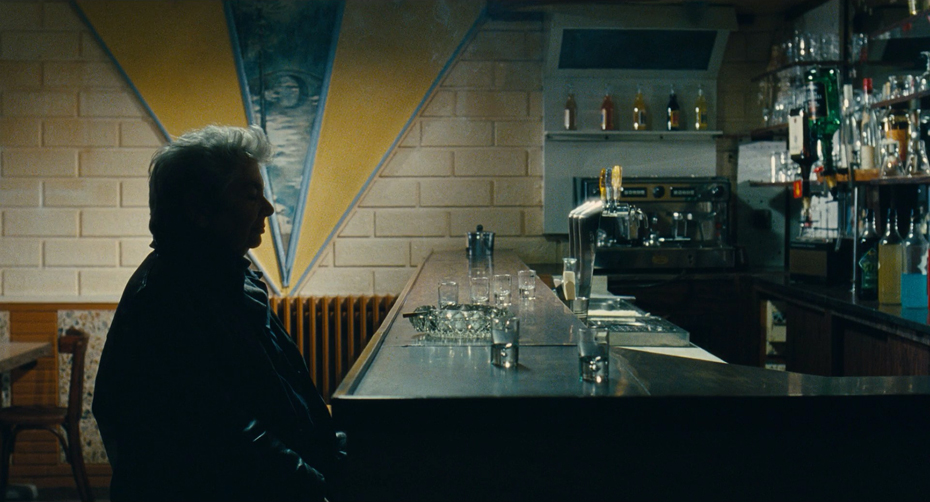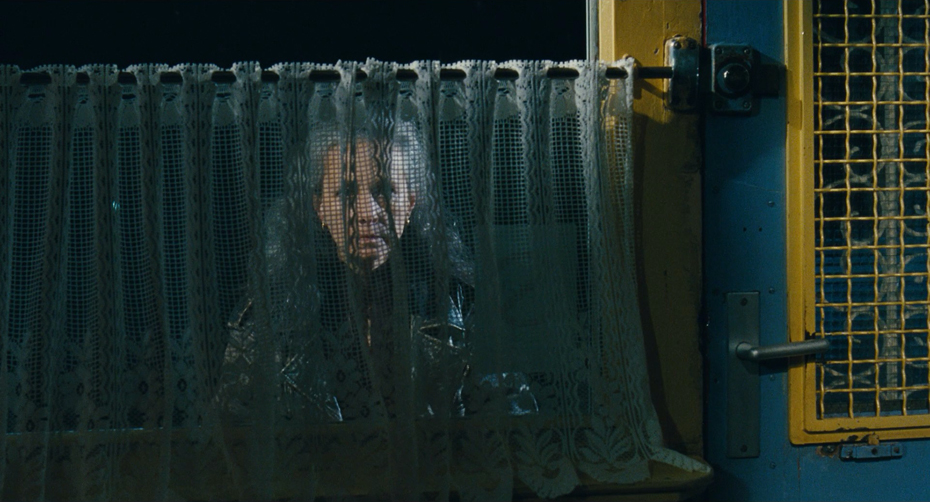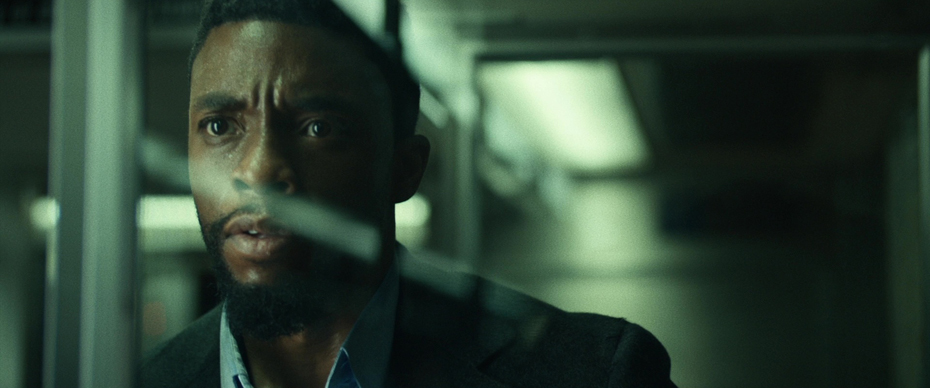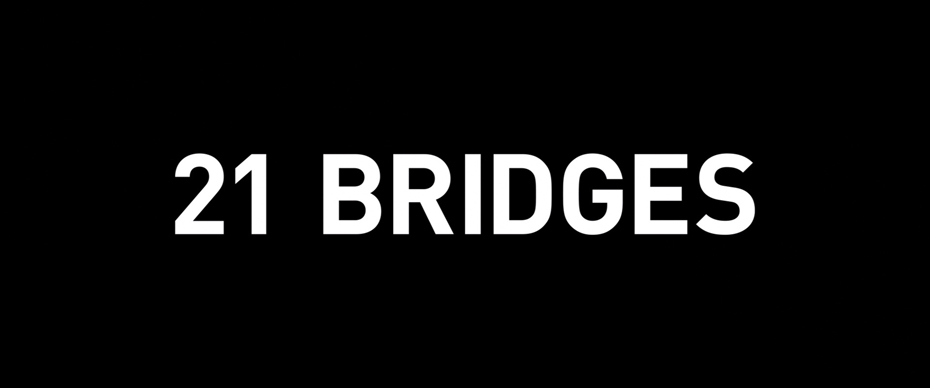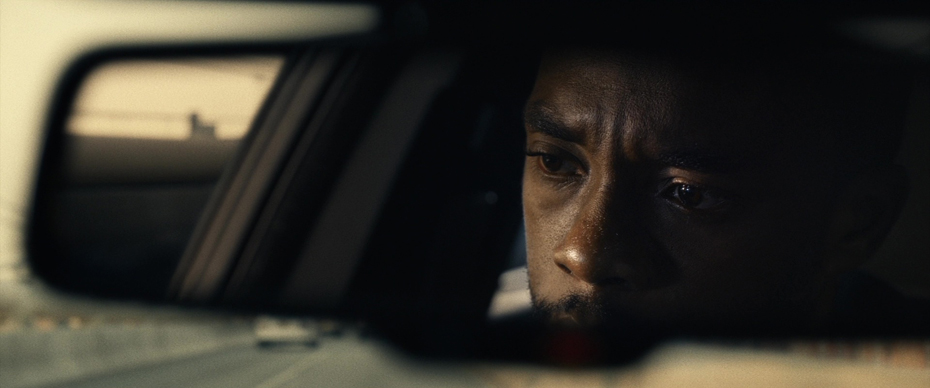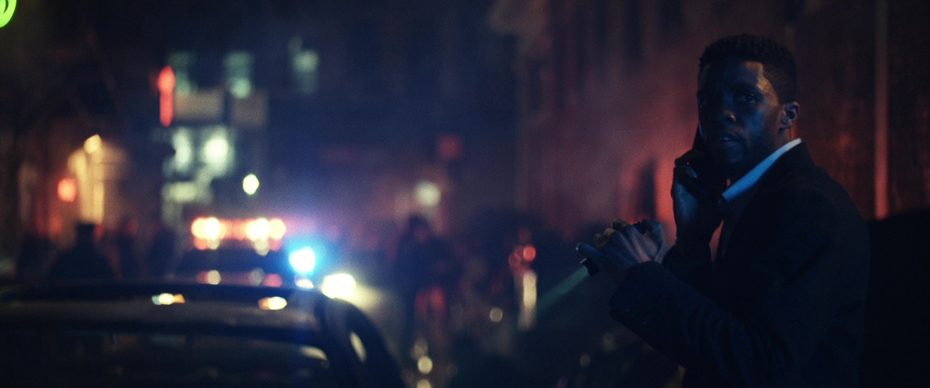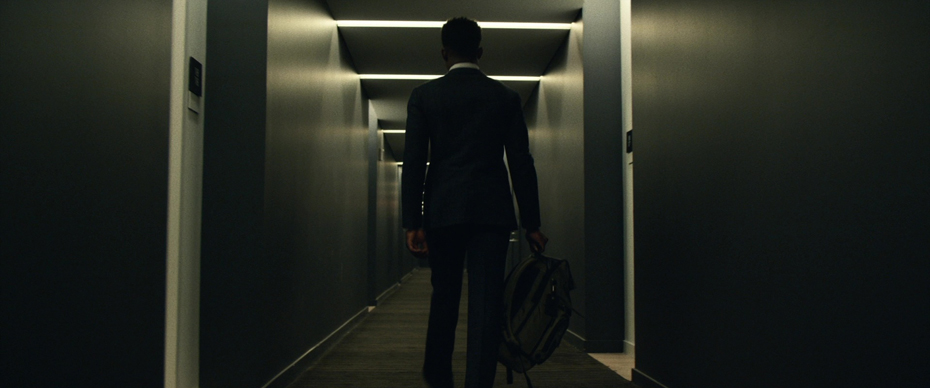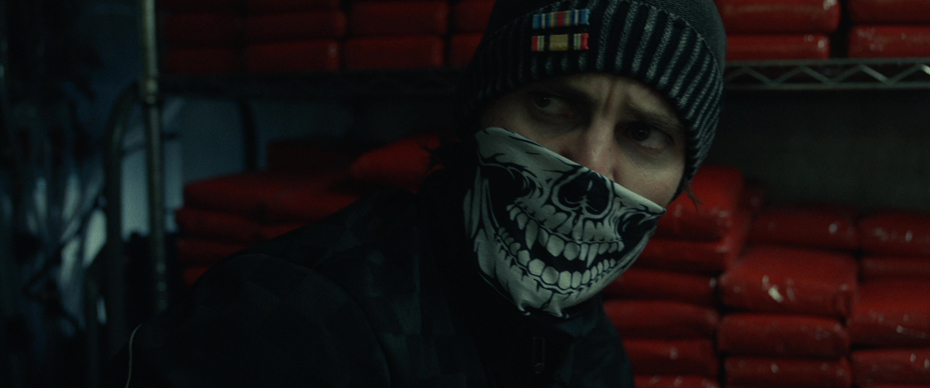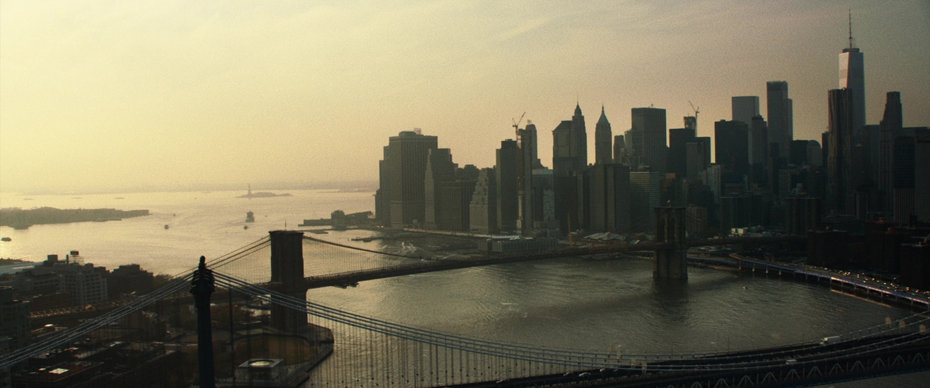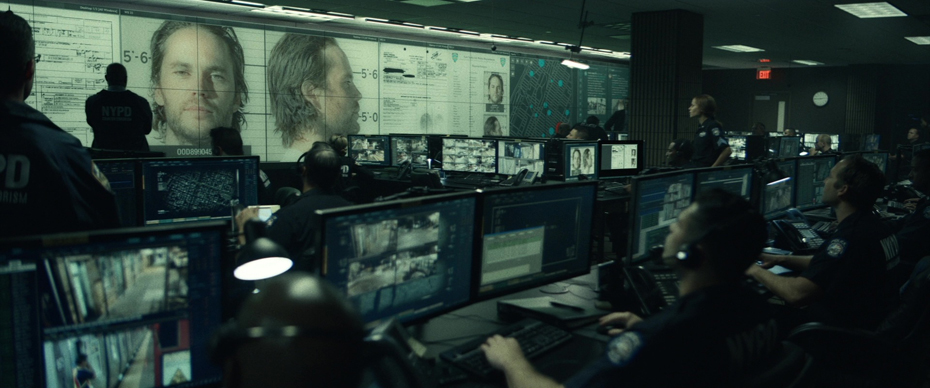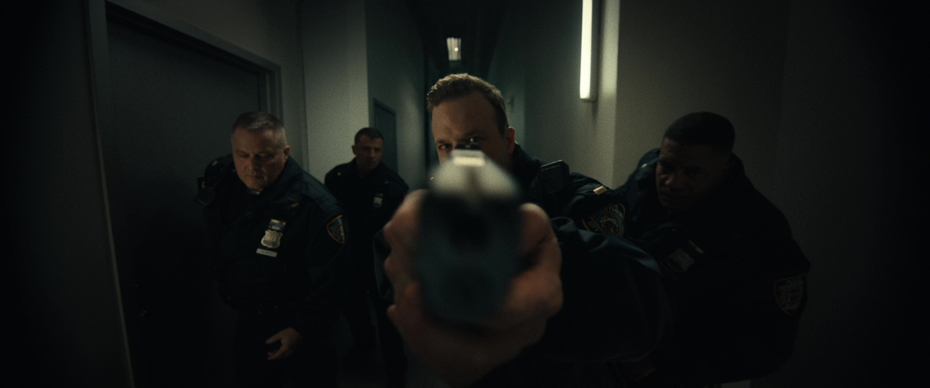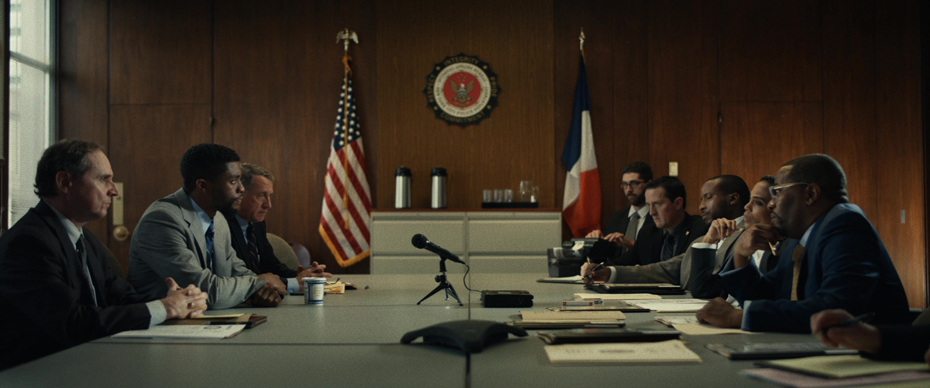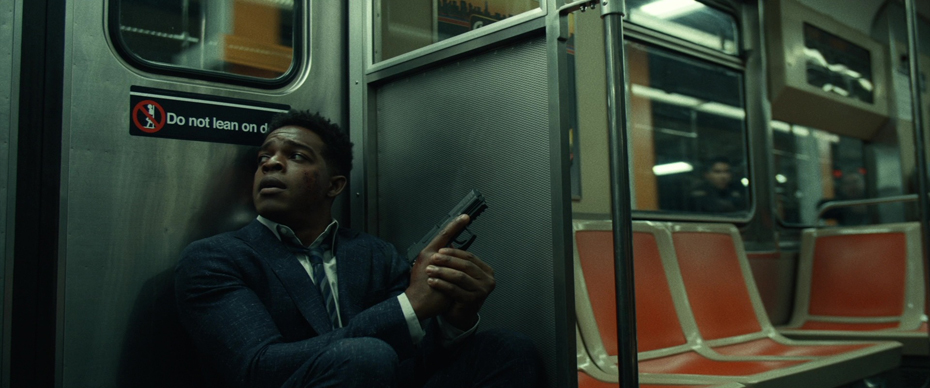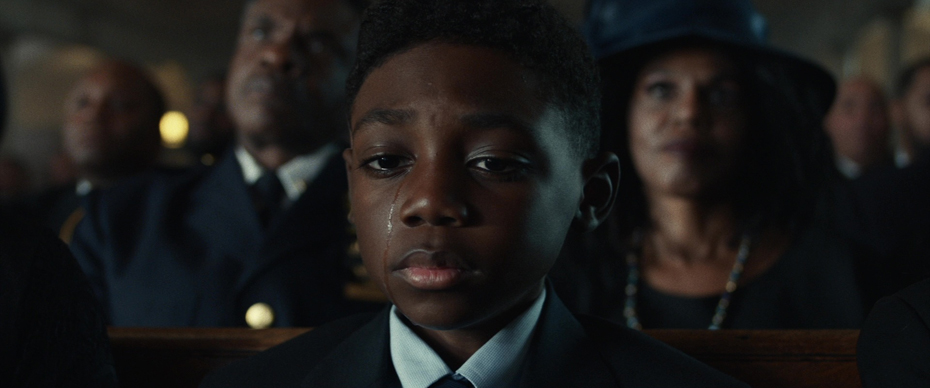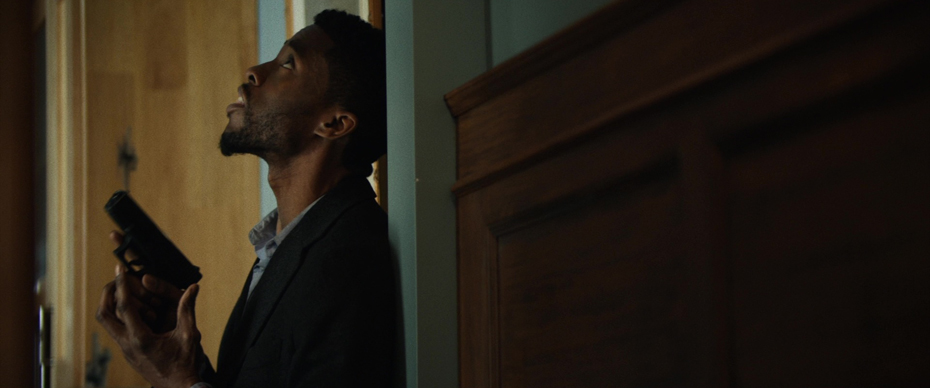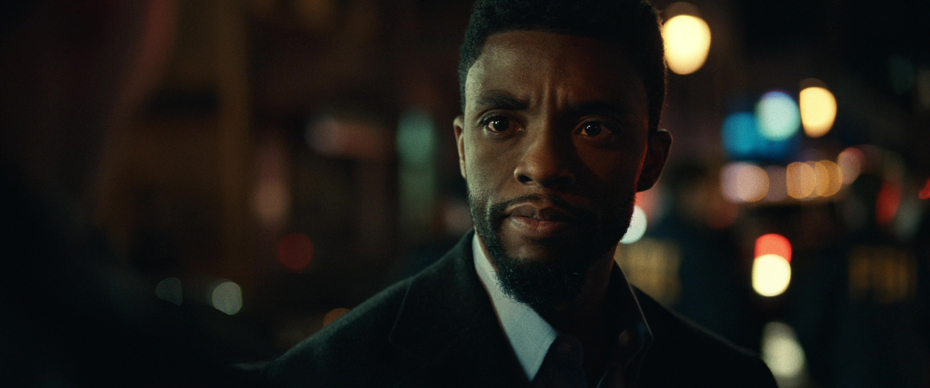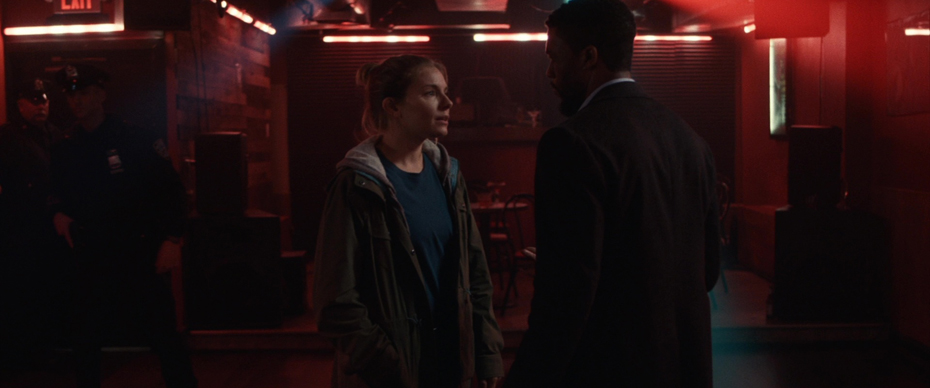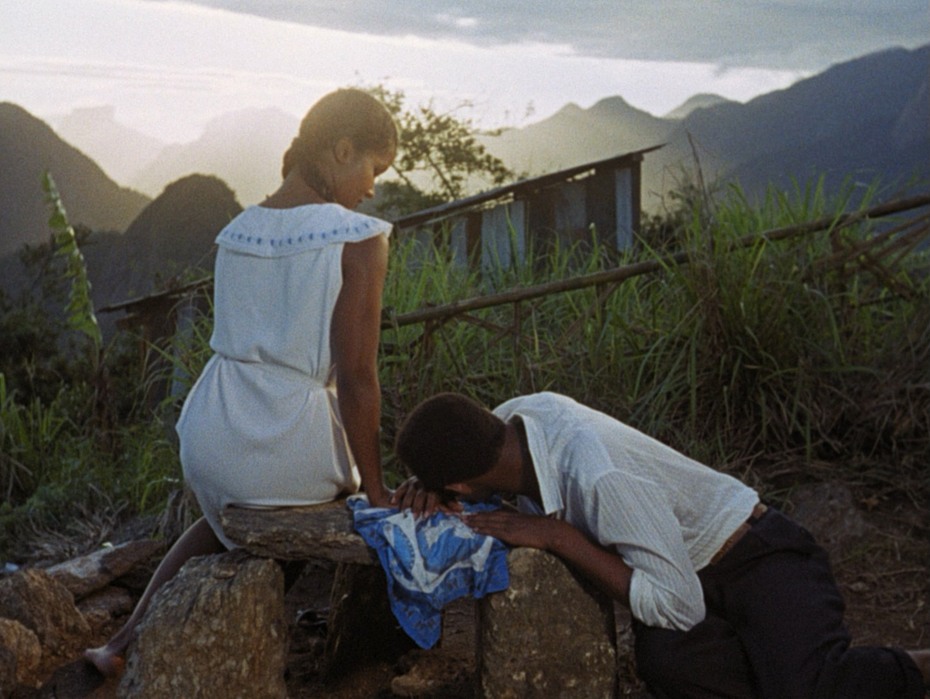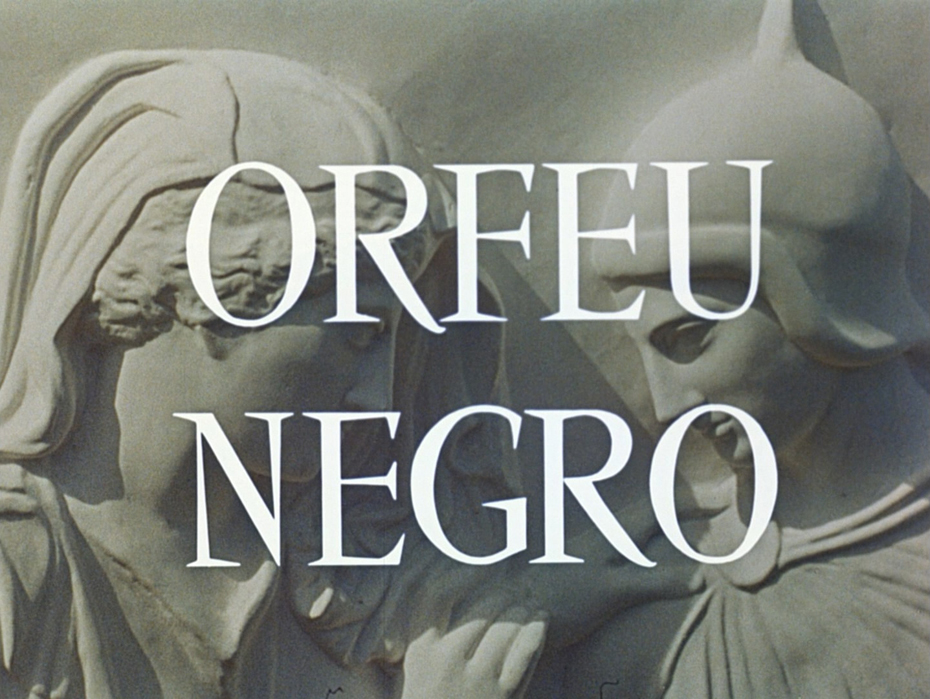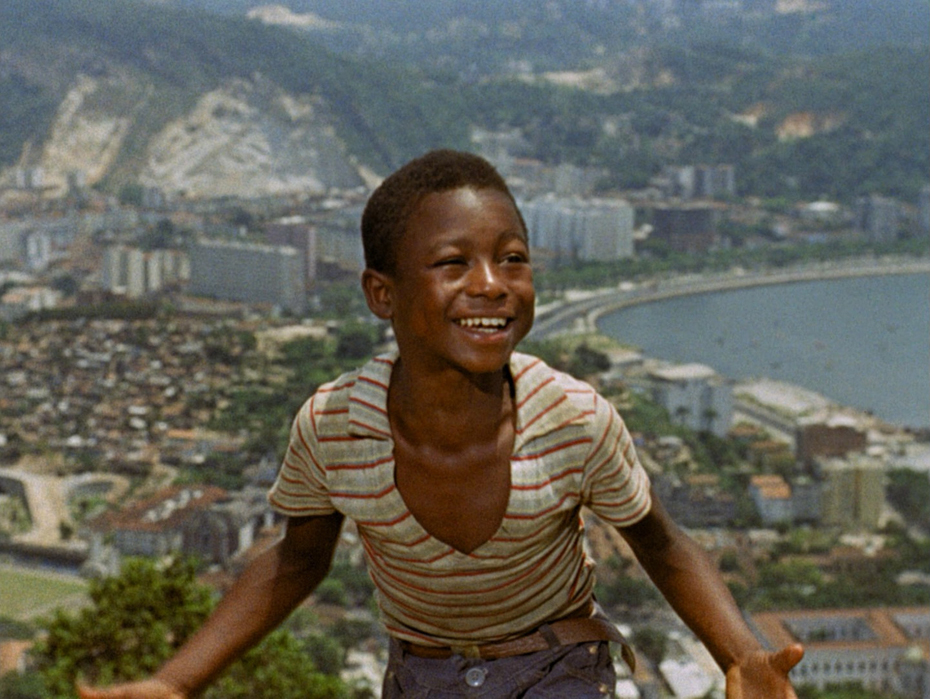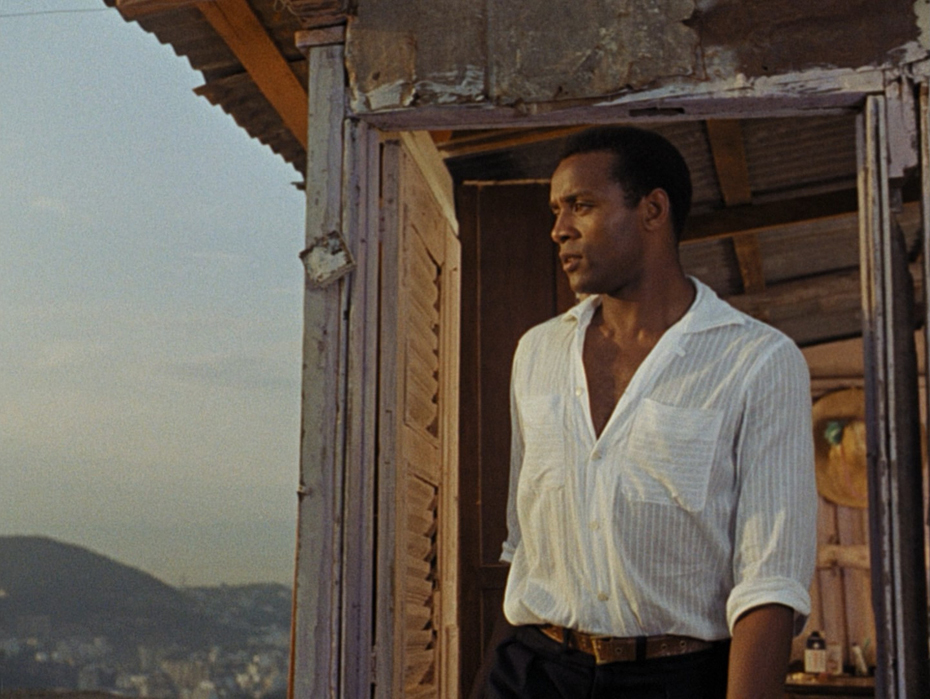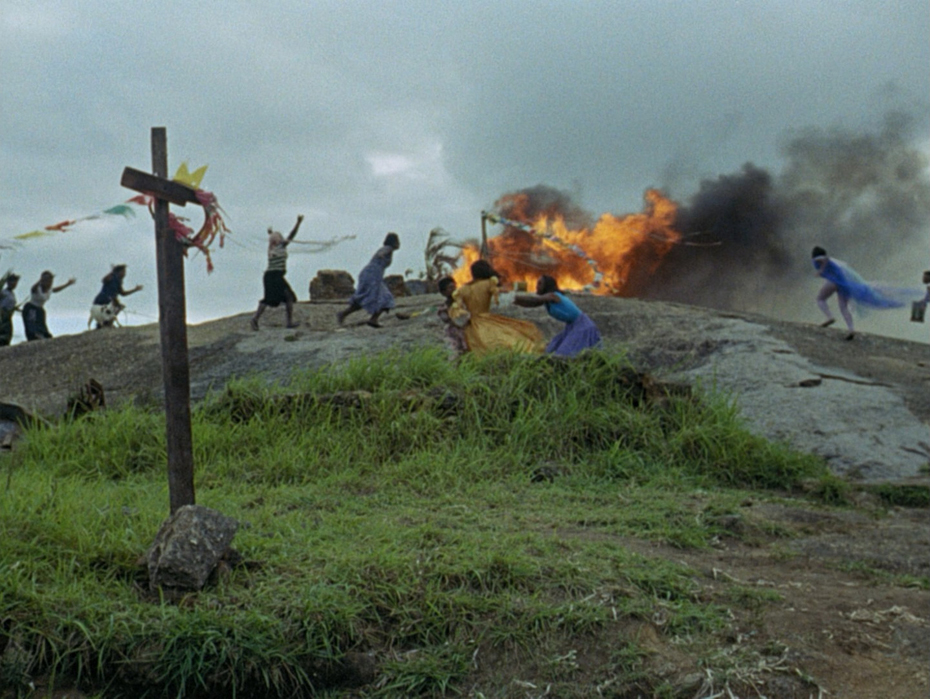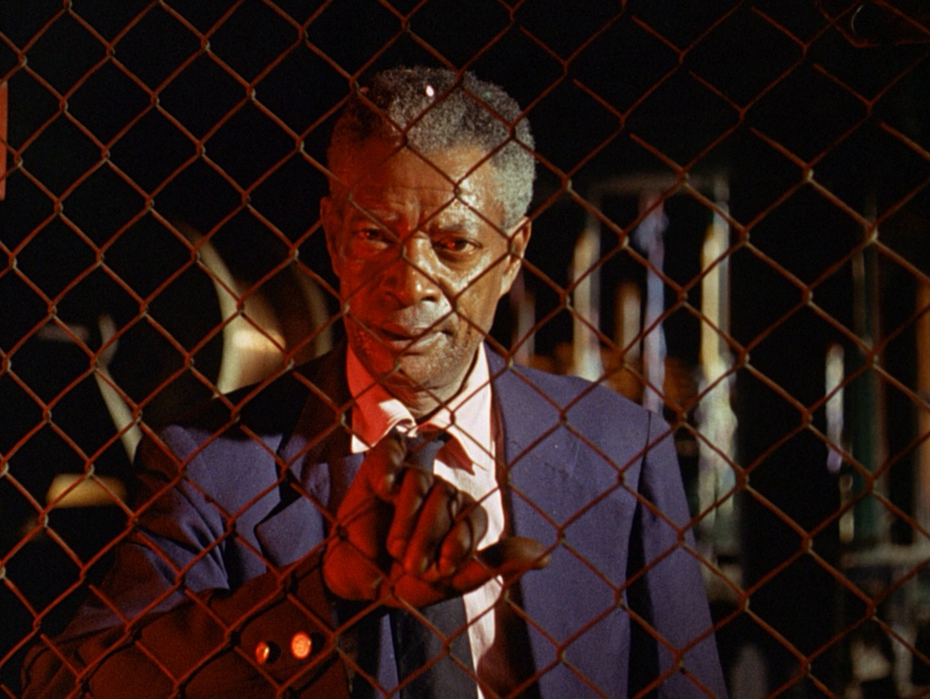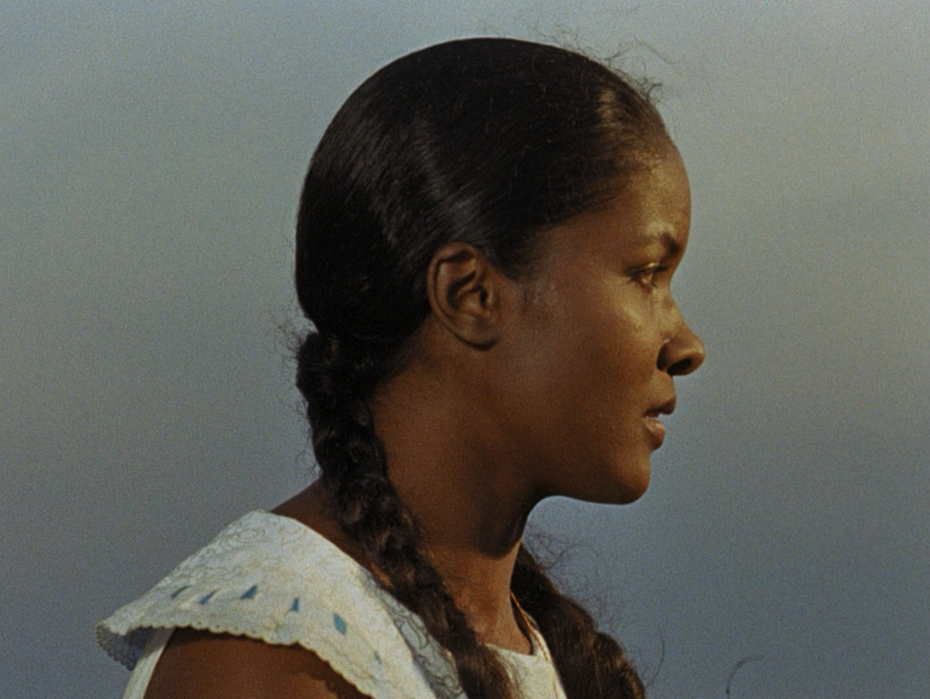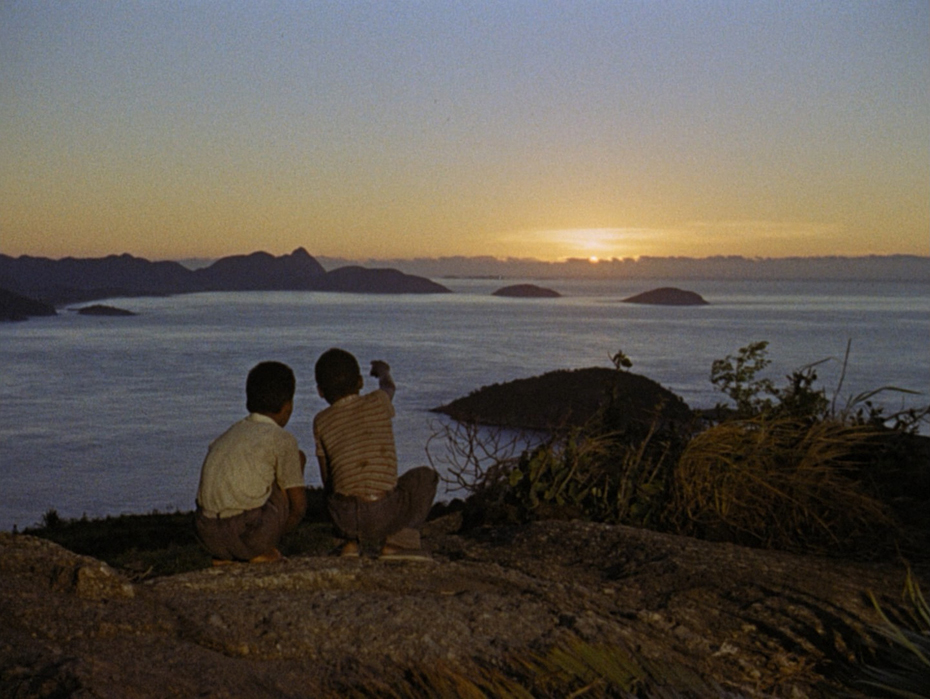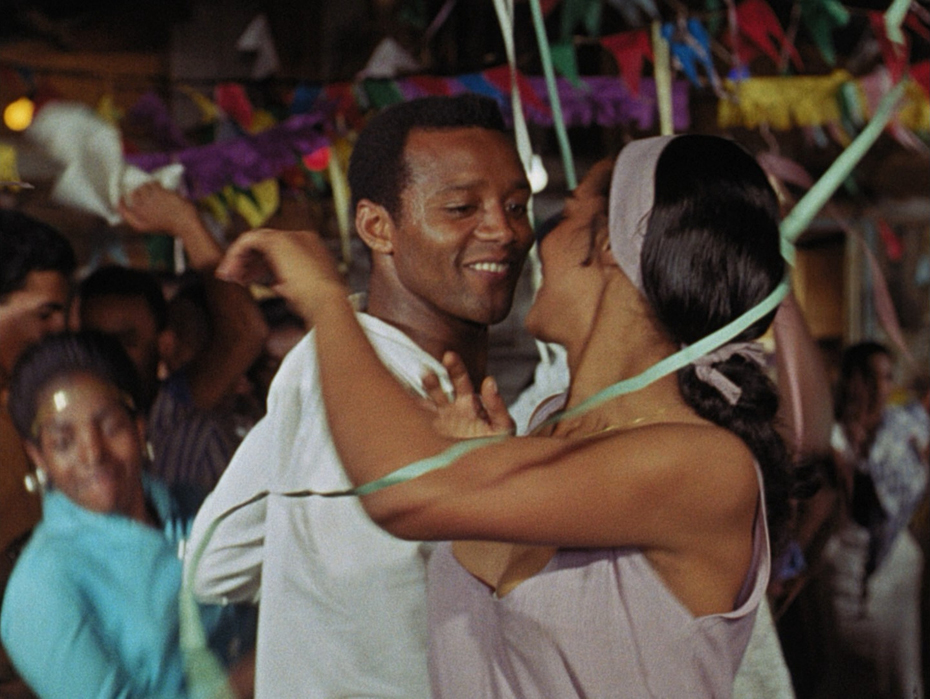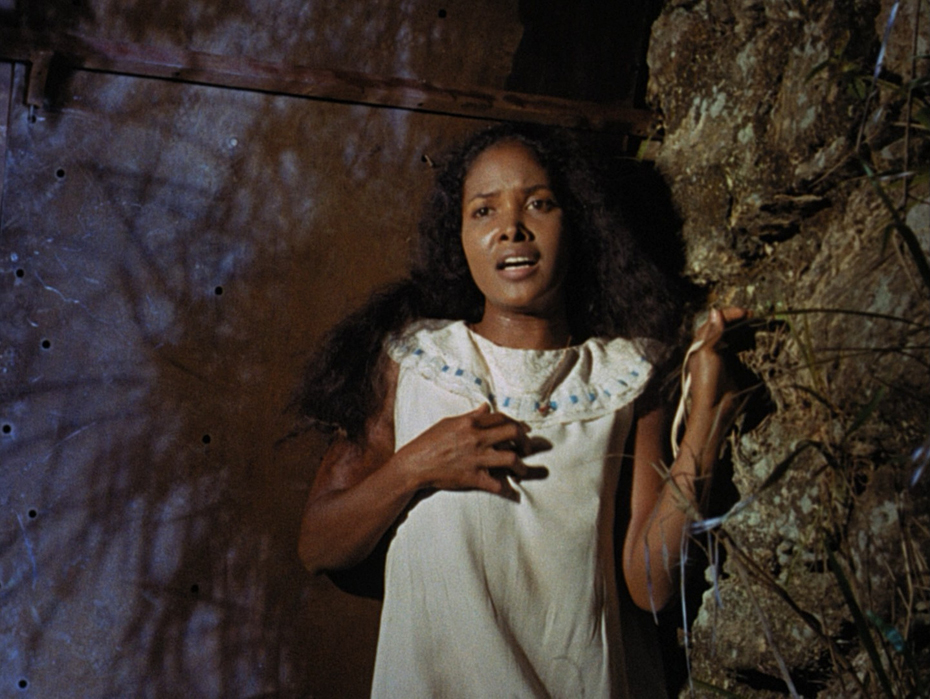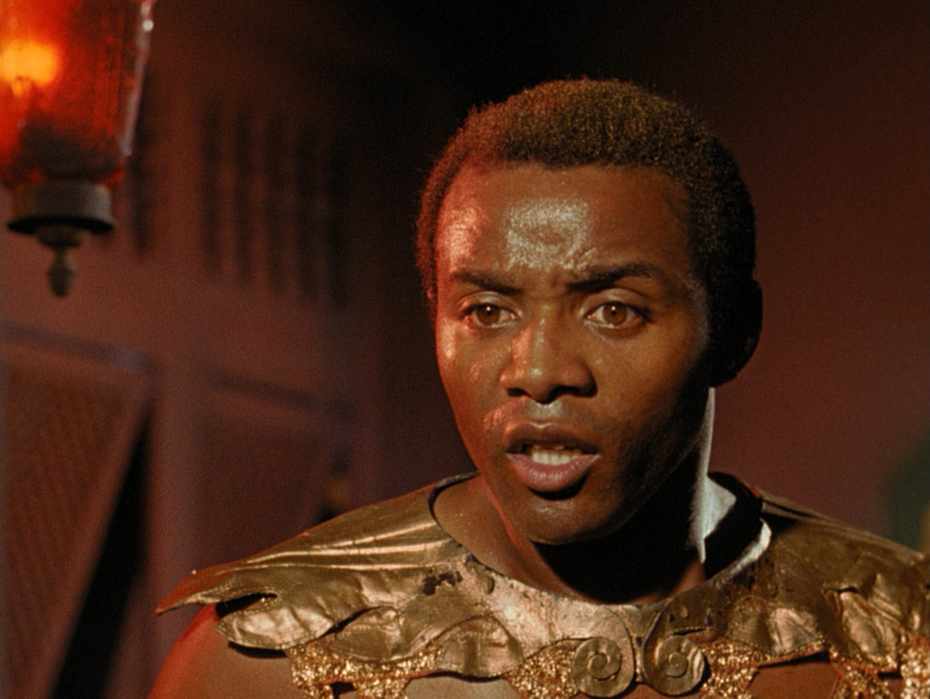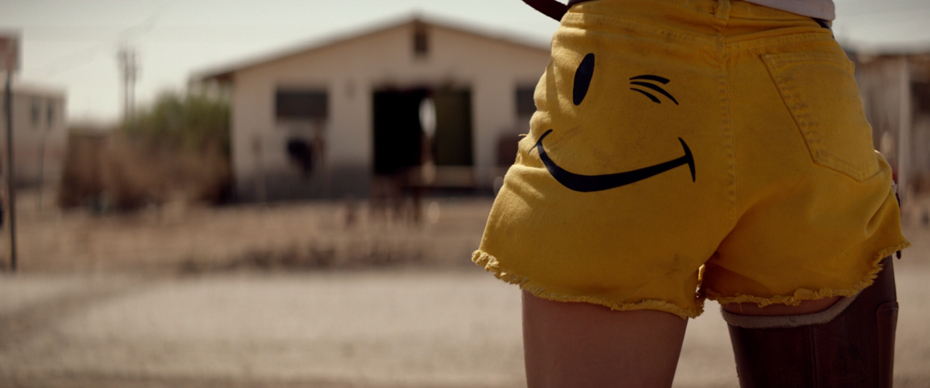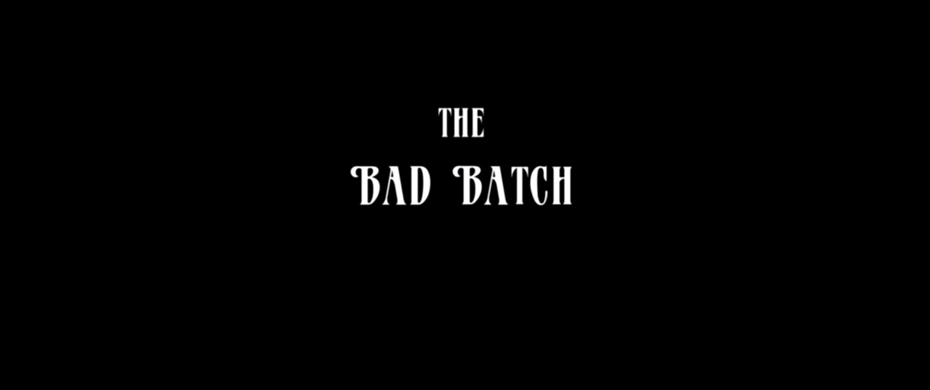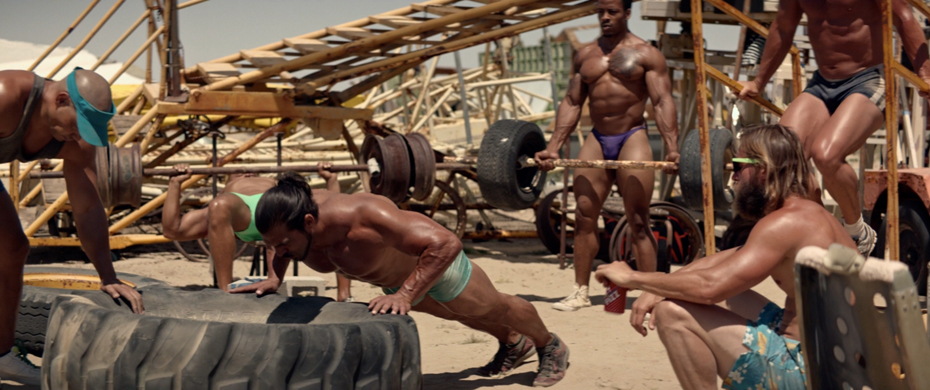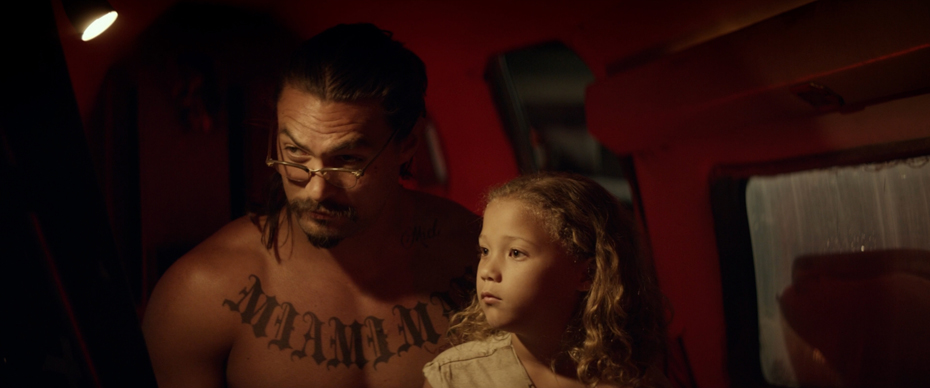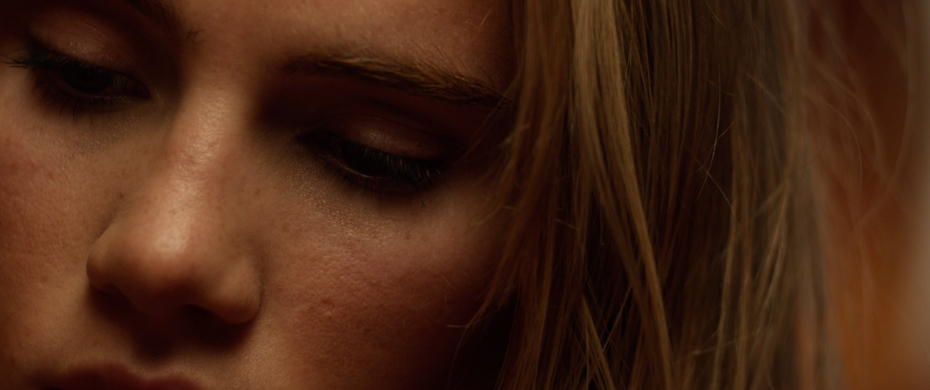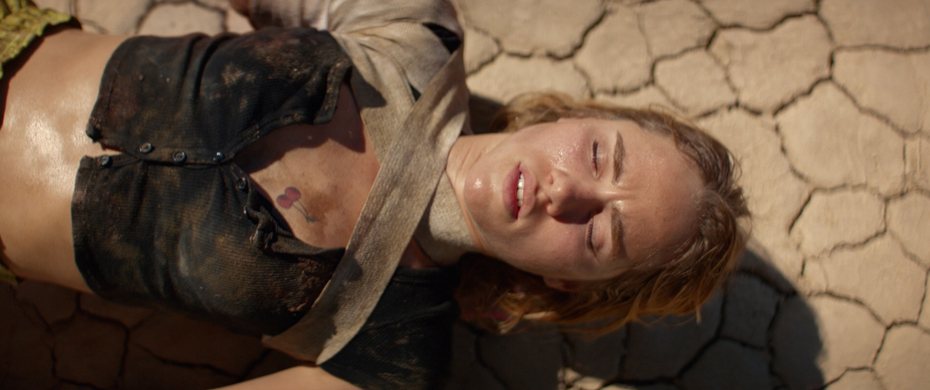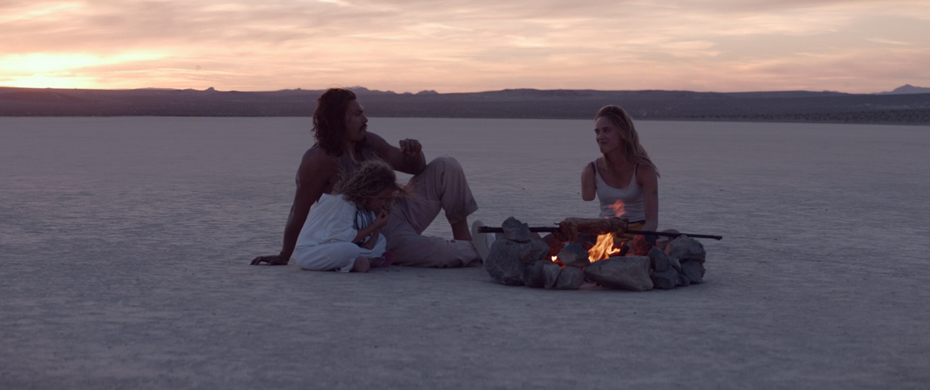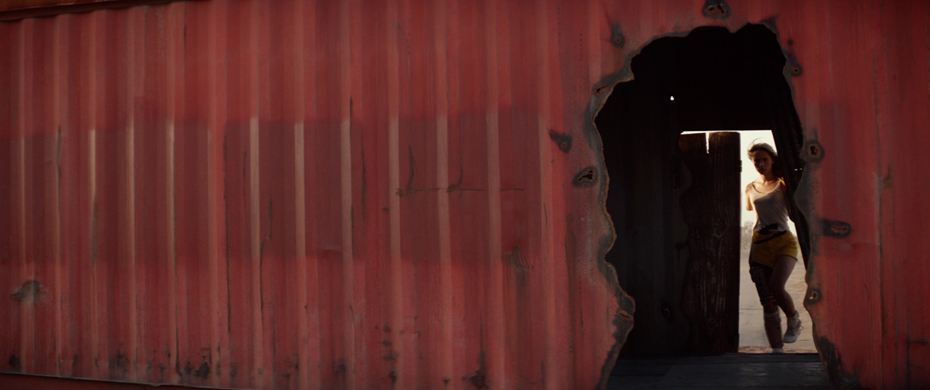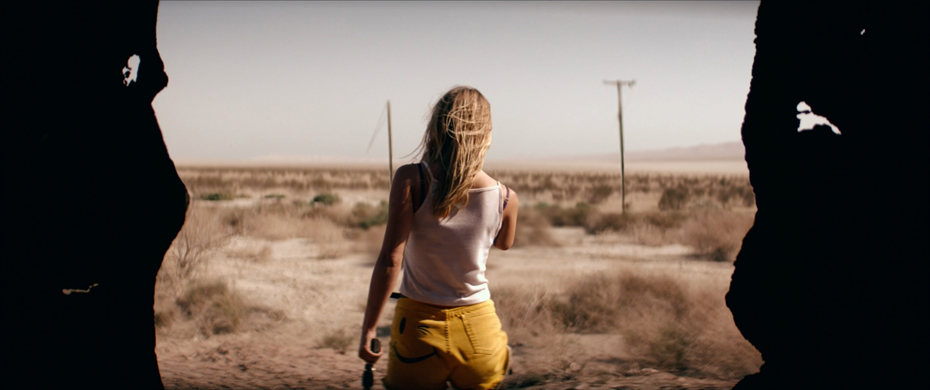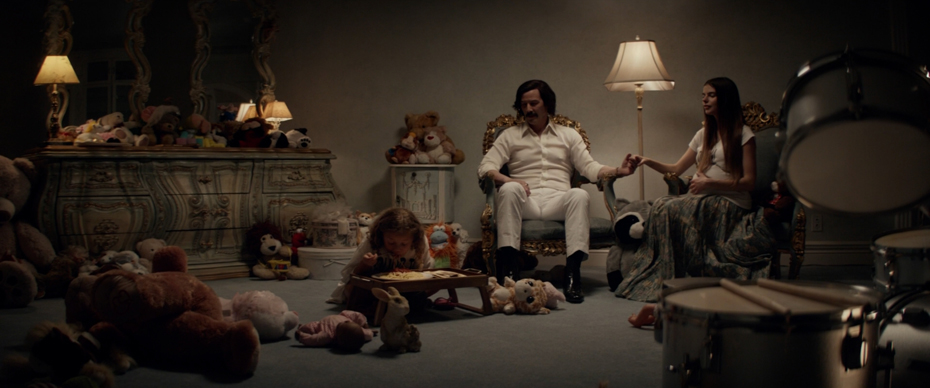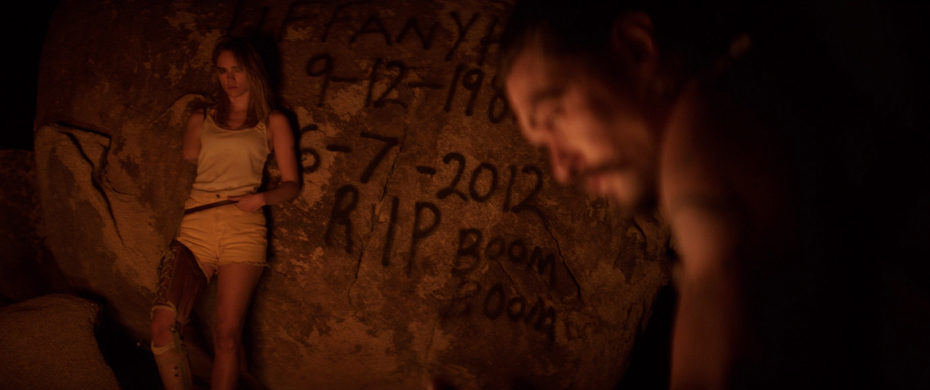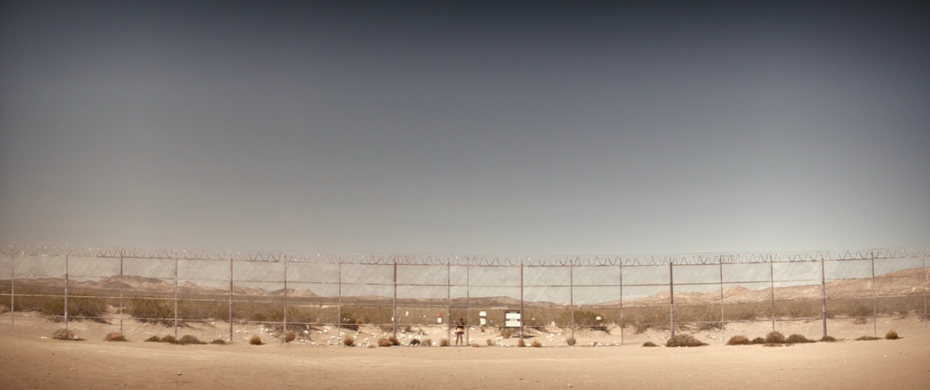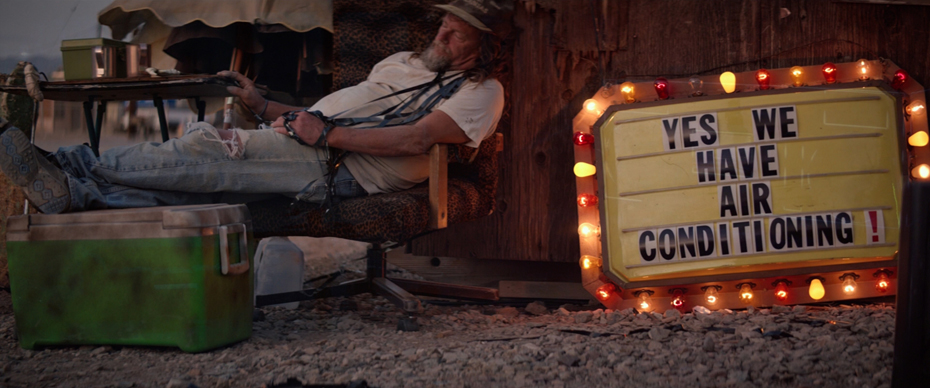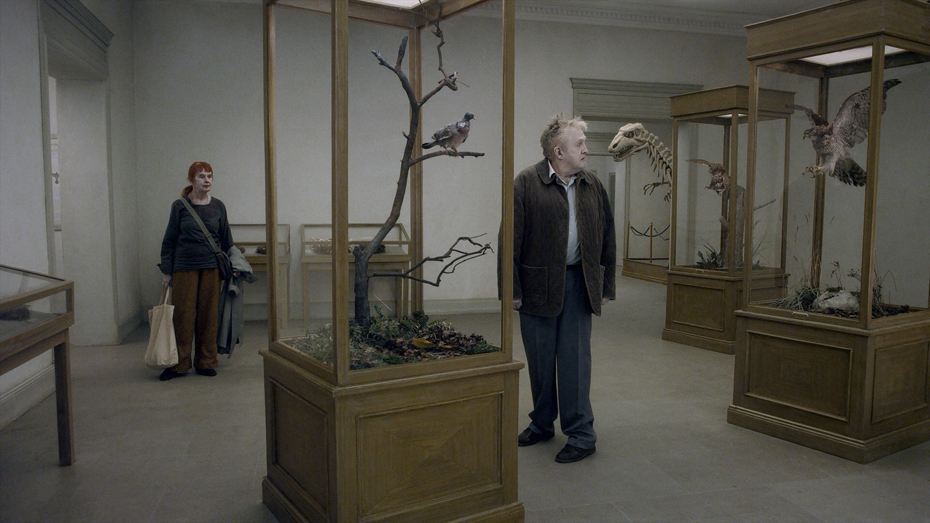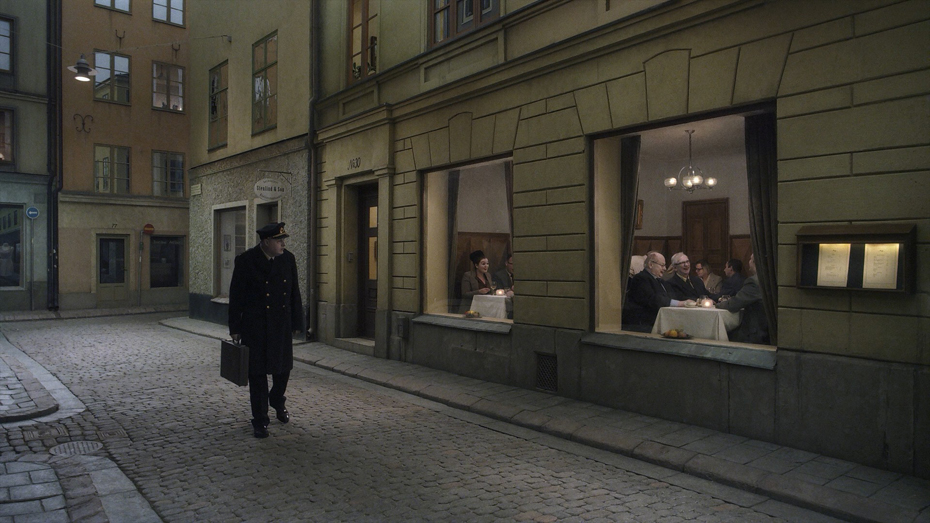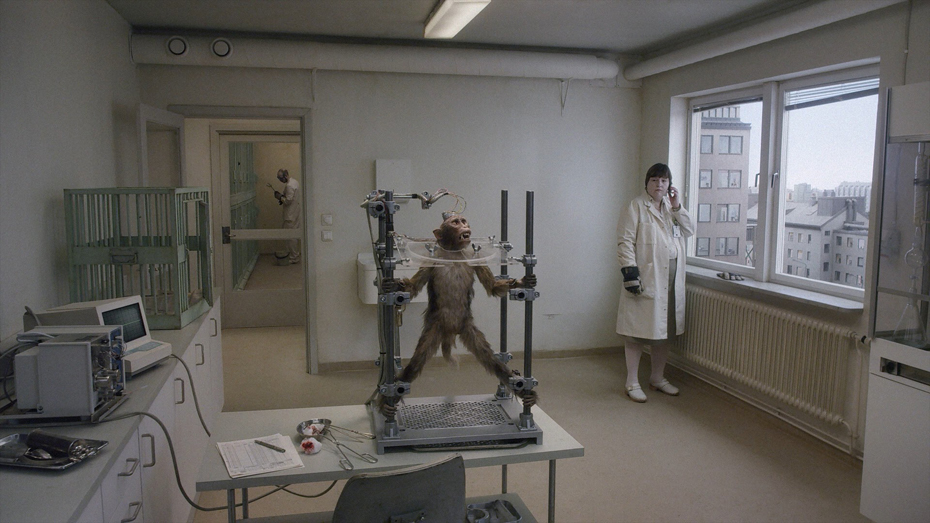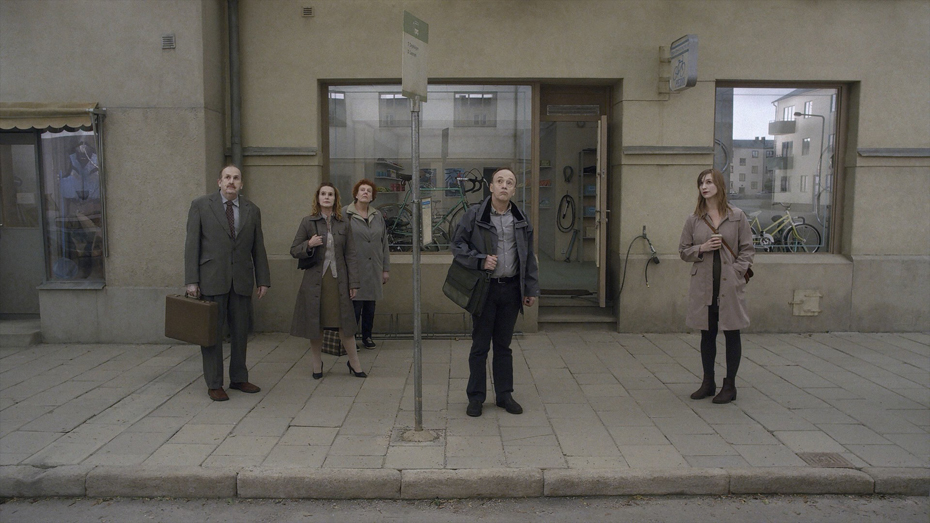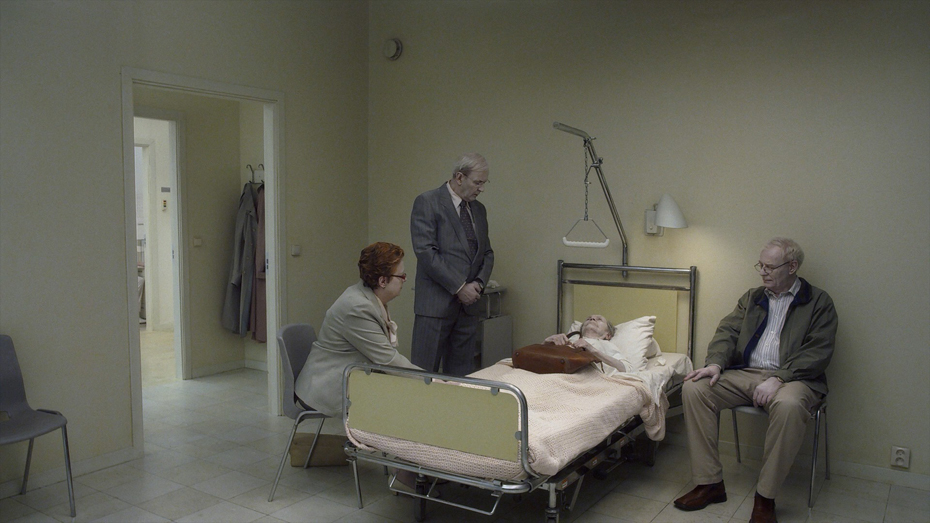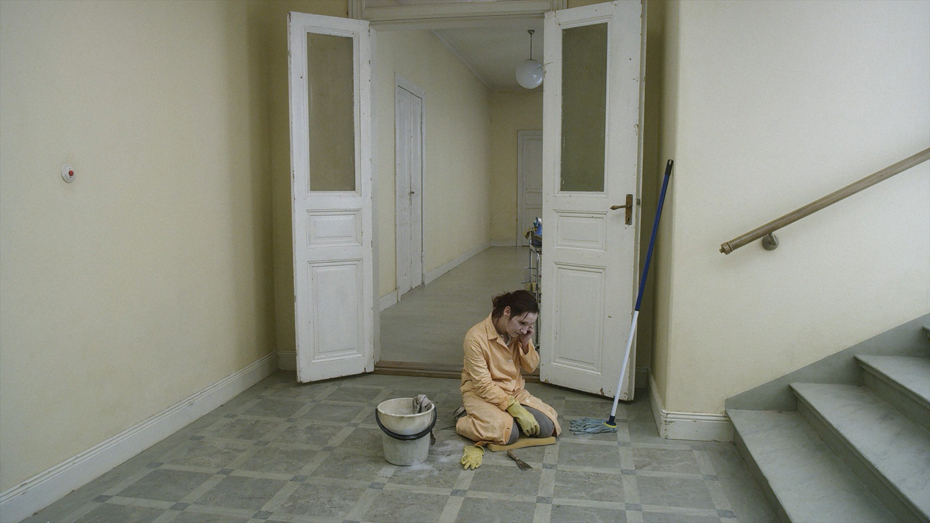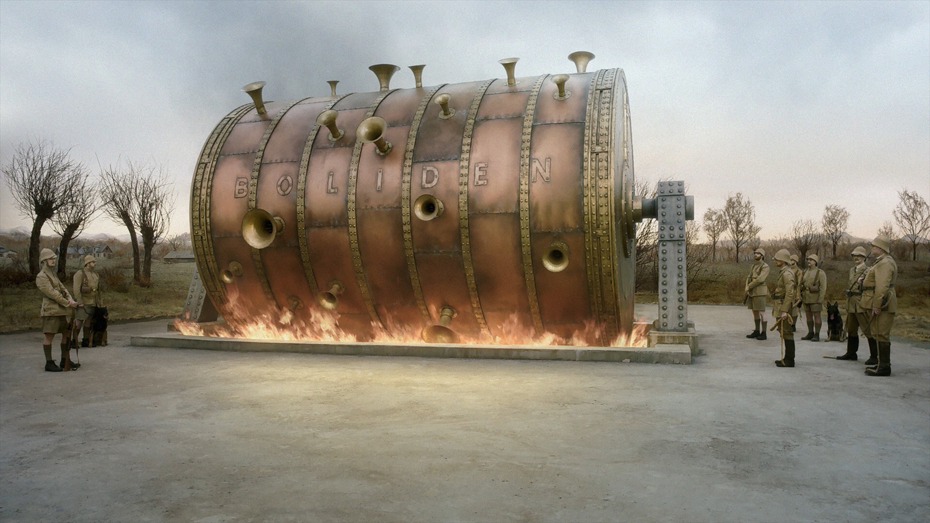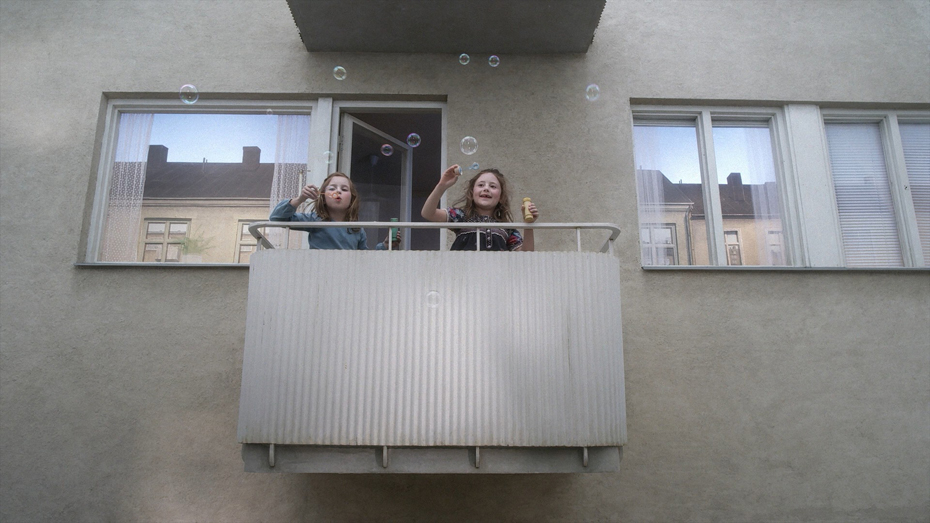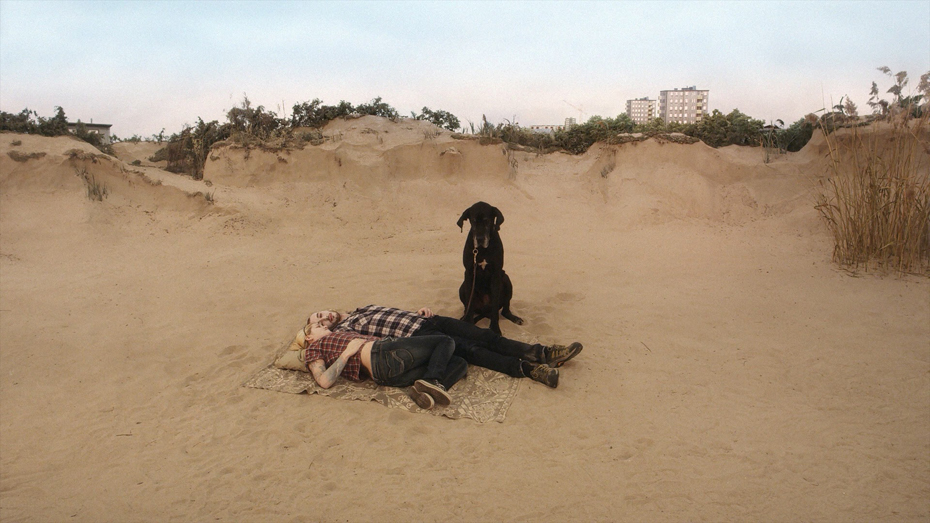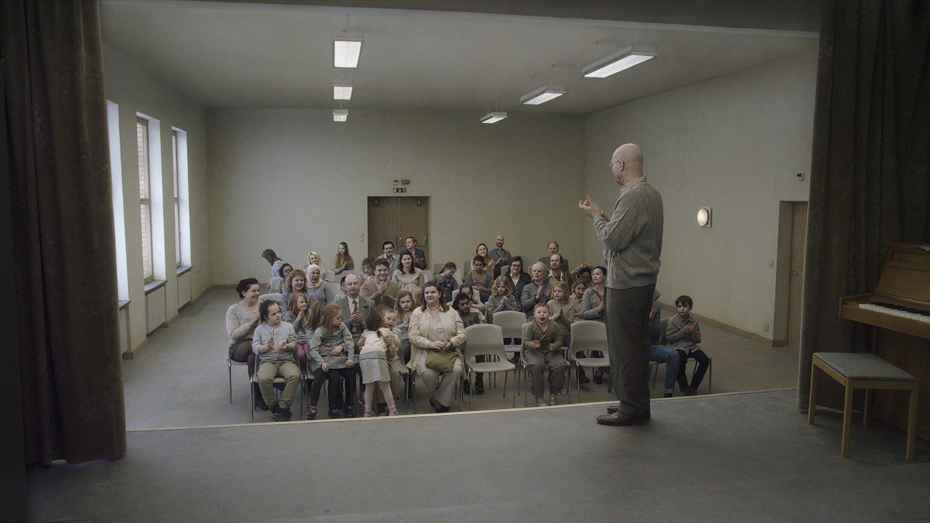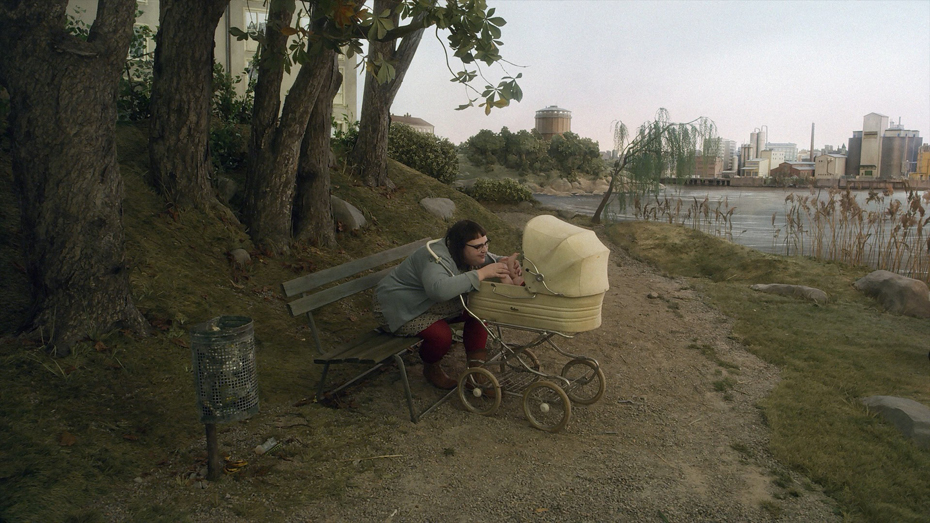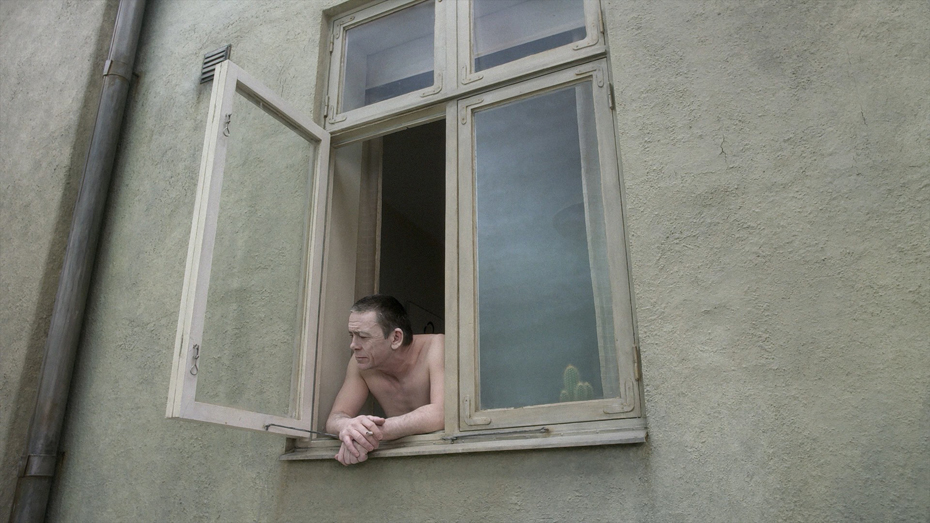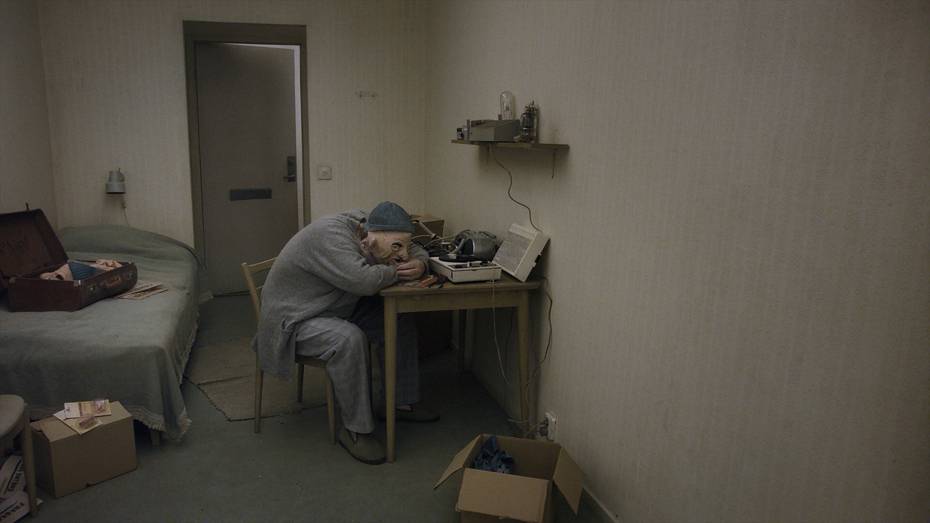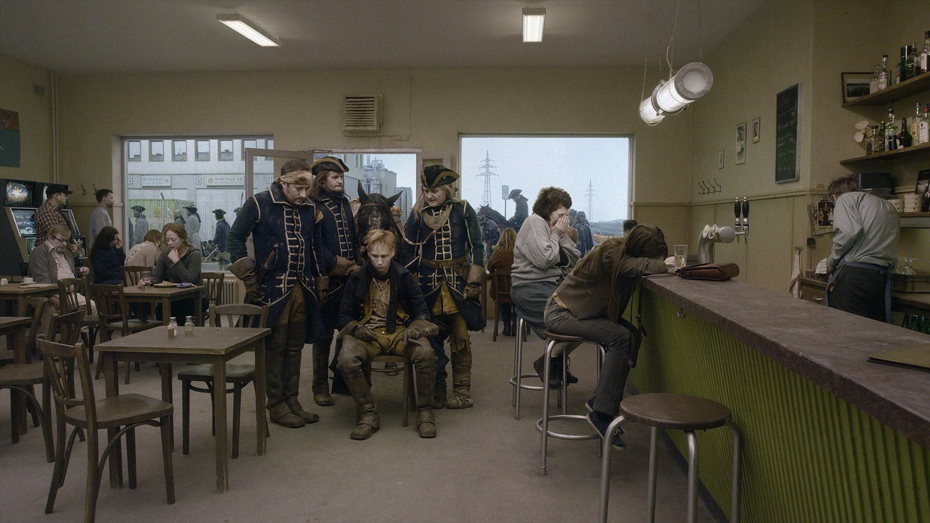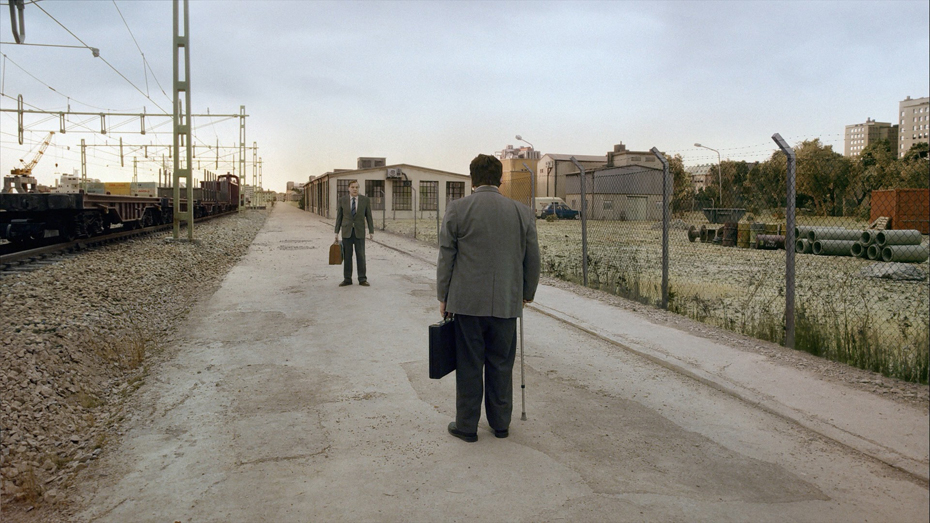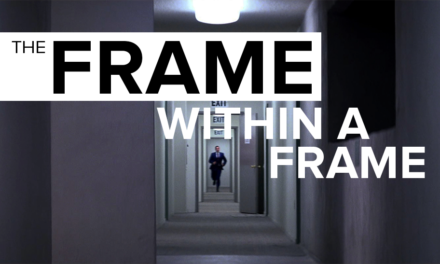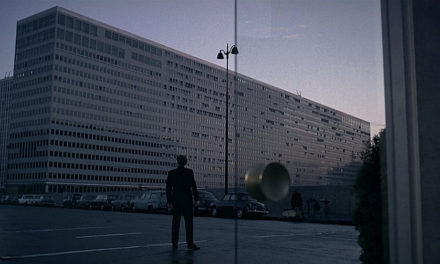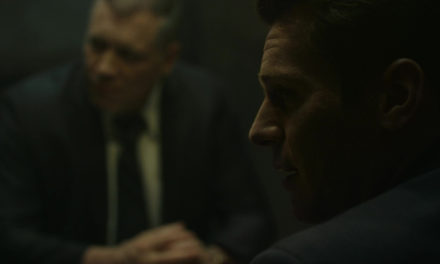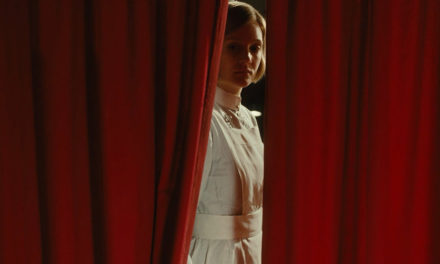THE TUESDAY DROP – 11/30
11.30.21 / New Shots
MACBETH (2015)
Macbeth is a historical drama film based on the William Shakespeare play of the same name. Directed by Justin Kurzel, Macbeth is portrayed by Michael Fassbender in this rendition, with Marion Cotillard as Lady Macbeth. The film’s main theme surrounds the damaging physical and psychological effects of political ambition for those who seek power for themselves. The film was shot by Adam Arkapaw, whom Kurzel had known since film school, on an Arri Alexa XT Plus. For the film to look more contemporary, they decided to shoot digital but with Panavision C Series Anamorphic lenses. Arkapaw explained that this was because the aesthetic of Anamorphic falls somewhere in between a softer film look and a harder digital look.
The special effects company, Artem SFX, worked both on location and in the company’s studio to create the effects for the film. The elements package Artem created for the production team included detailed shots of blood spurts, smoke, flying embers, fire, rain, and mist. The life-like prosthetics ranged from gruesome wounds to a full body dummy of one of the film’s central characters. Kruzel wanted a cold, atmospheric, misty Scottish feel to the film; therefore, covering vast areas of landscape in mist became the biggest challenge for Artem. They had to cover whole hillsides with mist, envelope armies, and blot out unwanted backgrounds to achieve Kruzel’s vision, so they built a bespoke tubing system that could cover entire landscapes with consistent mist.
A STREETCAR NAMED DESIRE (1951)
Vivien Leigh stars as Blanche DuBois, a troubled former schoolteacher who leaves a small town in Mississippi and moves in with her sister Stella (Kim Hunter) and her husband Stanley (Marlon Brando) in New Orleans. Based on Tennessee Williams’ play of the same name, the film was directed by Elia Kazan and shot by Harry Stradling. A Streetcar Named Desire enfolded all the anxieties of the post-war era in its story of perverse gentility colliding with the truths of the working class. In a time where projects would be policed to protect “family values” by Hollywood’s Breen Office, Kazan’s film was not interested in serving solely as entertainment. For the screen, Karzan watered down Blanche’s lustful past and the homosexuality of her first husband but kept the rape of Blanche as it was an integral, pivotal truth in the play.
Warner Bros. had to order an editor to cut 3-4 minutes of footage from different parts in the film in order to get a better rating from the Catholic Legion of Decency; a “watchdog group” that had its own parallel censorship to that of the Breen office. If the Legion gave a film a C rating (for “condemned”), it was believed it would ruin a film at the box office as Catholics wouldn’t see it. These cuts included glances exchanged between Stanley and Stella, and a crucial passage of music that underscored the erotic nature of Stanley’s hold over the women in the film. Kazan and Williams were not happy about the censorships of the film but would have their revenge when those cuts were restored years later once the censorship system was eradicated from Hollywood.
BLACKKKLANSMAN (2018)
Set in the 1970’s, black comedy crime film BlacKkKlansman follows the first African American detective (John David Washington) in the Colorado Springs police department as he sets out to expose the local Ku Klux Klan chapter. It won the Grand Prix at the Cannes Film Festival and received 6 nominations at the 91st Academy Awards: winning for Best Adapted Screenplay. BlacKkKlansman was the first time director Spike Lee worked with cinematographer Chayse Irvin, and together they decided to shoot on film as Lee “wanted it to look like the great films of the 1970’s, like Serpico and The French Connection.” The budget initially didn’t allow for film, but with production sacrifices and help from Kodak, the crew was able to afford it. The sequence of the Kwame Ture speech had to be “cinematic” to show the effect and power of his words. For the long scene, the reactions of the audience were recorded, plus individuals were grabbed from the crowd to do “portraits” with an additional camera in the dressing room.
Production Designer Curt Beech only had 5 weeks to prep and had no budget to shoot on location in Colorado Springs. He found the perfect stand in location for exteriors in the upstate New York towns of Ossining and Haverstraw. Ossining had a nice elevation while Haverstraw had a little dated look with some late 1800 buildings still standing. He created three visual spaces to provide a political perspective for the film. Detective Ron is enlightened, therefore his apartment contains a hip contemporary vibe. By contrast, the radical Klansman Felix (Jasper Paakkonen) is ignorant and lives in the past, so his house has a hand-me-down vibe while the neutral police precinct’s late 50’s vibe is shown in desperate need of renovation.
LEVIATHAN (2014)
Leviathan is a Russian drama film directed by Andrey Zvyagintsev and loosely based on the true story of Marvin Heemeyer, a Colorado man who modified a bulldozer to demolish part of his town in 2004 over disputes with town officials. Zvyagintsev was drawn to this story, as it focused on an ordinary man who came face to face with the injustices of the system, and decided to set it in rural Russia. After its release, the film received criticism from members of the Russian Church and State for what they claimed was a grim portrayal of Russian life. Despite this, the film was nominated by the Russian film board for Best Foreign Language Film at the 87th Academy Awards after competing for the Palme d’Or in the 2014 Cannes Film Festival.
Cinematographer Mikhail Krichman, RGC, shot the film on Arriflex cameras on 35mm with a mix of Kodak Vision3 250D and 500T stock as well as spherical Zeiss Master Prime lenses. To film in Russia, the crew had to work with variable weather conditions (including short nights that ran for four hours maximum at times) throughout the shoot. Krichman tried to make as much use of natural light sources as possible, quoting inspiration from Harris Savides (DP of Zodiac) who preferred to light a space and let people inhabit the space, rather than light the people.
THE HUNGER (1983)
The Hunger is a supernatural horror film starring Catherine Deneuve as vampire Miriam Blaylock who, along with her partner John Blaylock (David Bowie), falls into a love triangle with Dr. Sarah Roberts (Susan Sarandon), a gerontologist. The film, which is a loose adaptation of the 1981 novel of the same name, was directed by Tony Scott and shot by Stephen Goldblatt. Since its release, it has accrued a cult following within the goth subculture. The film’s visuals feature everything in deep shadows and diagonal lines, with blood as a saturated bright red against an otherwise blue palette. Viewers have noted visual connections to Blade Runner, which was released a year earlier, as the two films utilize shadows and high key lighting to create feelings of film noir.
The films costumes were created by Milena Canonero, and portray the 80’s silhouette (broad shoulders and a small waist) with gothic influences such as leather, fishnets, and sheer black fabrics. Miriam’s style had heavy references to the 1930’s with her silk garments and use of veils. John’s fashion combines gothic with new-wave 80’s fashion. He wears clean and sharp double-breasted suits with leather coats and fedoras that contrast with Miriam’s femme fatale style. When John begins to lose control of his mortality, his fashion shifts to a normal aesthetic.
LE HAVRE (2011)
Le Havre tells the story of shoe shiner Marcel Marx (André Wilms) who tries to save an immigrant child from Africa in the French port city of Le Havre. The comedy drama was written and directed by Aki Kaurismaki and shot by Kaurismaki’s longtime collaborator Timo Salminen. La Havre has a blue tint and muted aesthetic that contrasts with flashes of red and yellow. The film’s contemporary universe has a careful mix of old-fashioned film aesthetics. For example, one scene will show a mobile phone while a different one shows a rotary dialed telephone. The film is full of mid-century objects such as analogue clocks on walls, furniture and appliances, and period vases that hold a single flower. The aesthetic deviates from being contemporary without being too “period”.
The camera shots themselves are very still, showing the characters’ limited expressions and muted emotions. The camera’s stillness creates a theatrical space for events to happen without the camera intruding. For example, the opening sequence shows a glimpse into who Marcel is through visuals instead of dialogue. Marcel stands outside the train station waiting for shoeshining customers in an age where most people wear sneakers. A customer arrives, handcuffed to a briefcase, and we soon becomes aware of some sinister looking characters in trench coats and fedoras following him. After the shine, the customer walks out of frame into a commotion that is seen, but not heard. Marcel’s detachment to what is around him shows as he ultimately shrugs and then continues about his day.
21 BRIDGES (2019)
Chadwick Boseman stars as NYPD detective Andre Davis, who shuts down the 21 river crossings of Manhattan to find two suspected cop killers (Stephan James and Taylor Kitsch). The action thriller was directed by Brian Kirk, produced by Anthony and Joe Russo, and shot by Paul Cameron. Boseman was also one of the film’s producers, which gave him a fair amount of input in the film. The film’s $33 million budget made it impossible to shoot on film, so the production obtained small, lightweight Anamorphic Scorpio lenses that were paired with Sony Venice 6k digital cameras, with the Scorpio’s having a closer focus on the wide angle. This allowed Cameron to get a little closer on wider lenses, something that is a struggle on anamorphics.
Cameron built a lightweight system suited for Steadicam work which was efficient for running, gunfights, and driving scenes. Not only was this suited for the action, but for the mobility needed for rapid setups. Kirk chose to use many long masters and longer takes without a lot of cutting. The last step was to digitally add a film grain. A concern for the look of the film was that it would be too dark for STX Entertainment, so the team spent three days lifting faces and sharpening eyes. Cameron shared, “… everybody is looking at dailies on their phones in bright lighting, and Brian (Kirk) was firm about making sure the darkness made it all the way through the end of the process.”
BLACK ORPHEUS (1959)
Romantic tragedy Black Orpheus is based on the play “Orfeu da Conceicao” by Vinicius de Moraes; an adaption of the Greek legend of Orpheus and Eurydice set in the modern context of a Rio de Janeiro favela during Carnaval. In this adaptation, Orpheus is a member of a samba school and streetcar conductor in Rio, while Eurydice is a simple country girl who arrives in the city with her cousin. It went on to become the first of four films ever to win both the Cannes Film Festival Palme d’Or and the Academy Award for Best Foreign Film. It’s considered the film that introduced Brazil to the world with its bossa nova soundtrack and extravagant costumes. It was the first internationally acclaimed film to take place entirely in a favela and with an all-black Brazilian cast. Marcel Camus co-wrote and directed the film, while Jean Bourgoin served as cinematographer. The film portrayed Rio as a city that won’t stop dancing with people who party well, no matter whether rich or poor. It was extensively shot in the Morro da Banolonia favela in the Leme neighborhood of Rio de Janeiro. Although it was a breath of colorful fresh air in its time, it received criticism for its exaggerated exoticism, lack of class consciousness, and for being a white European man’s romanticized portrait of poor brown third worlders.
THE BAD BATCH (2017)
In this dystopian thriller film, Arlen (Suki Waterhouse) is exiled to a desert outside of Texas for people deemed undesirable by society (also known as The Bad Batch). She is attacked by a group of cannibals, led by Miami Man (Jason Momoa), only to barely escape alive to a settlement run by The Dream (Keanu Reeves). Written and directed by Ana Lily Amirpour and shot by Lyle Vincent, the film was photographed in the Lucerne Valley in the southern Mojave Desert, the Salton Sea, and nearby towns like Bombay Beach and Slab City. The six weeks needed for principal photography were scheduled in the spring to beat the unbearable summer heat. Wind, sand, and rattlesnakes were also an issue, and at the end of every day the crew set aside 30 minutes to clean and de-sand the gear.
Vincent chose to shoot on the ARRI Alexa XT at ArriRaw 2.8K in 4:3 full sensor mode. The harsh desert conditions knocked one of the Alexa XT’s out of commission, and Vincent considered himself lucky it was the only casualty. He commented, “I think if it was any other camera than the Alexa, we would have gone through many more”. The main production lenses were a set of C Series Panavision Anamorphics in their original housing, supplemented by the Panavision’s D Series 40mm and the Macro Auto Panatar 55mm (MAP55). The MAP55 was supposed to be a specialty lens used occasionally for close-ups. However; as production continued, Vincent used it more and more. By the time the movie wrapped, the MAP55 was used in everything from actor close-ups to extreme wide shots. Amirpour shared, “It has this distortion that sweeps over the image and gives it a weirdness, and I love the potential weirdness you can get from each lens.”
A Pigeon Sat on a Branch Reflecting on Existence is the third installment in Roy Andersson’s “Living” trilogy. The black comedy-drama film’s title is a reference to the 1565 painting “The Hunters in the Snow”. Andersson has stated that the biggest influences on his work are painters and painting history. The film tells the story of novelty salesmen living in a desolate flophouse observing as their fellow humans drift through their lives of desperation and loneliness. Andersson collaborated with cinematographers István Borbás and Gergerly Pálos for the film. Borbas and Andersson have been collaborators since the mid-1980’s starting with commercials that would later help shape their distinct visual stylings. The film was shot over 4 years, pre-production was 4 months, and it took 2 months to source a camera because it was the first time they would be shooting digital.
Before this they were shooting on a 35mm camera, but they had to make the switch to digital because Sweden no longer had a film lab, and all cinema and post-production is now digital. After testing several cameras, they settled on the RED MX because of how close it was to their earlier style. The camera in the film is kept completely still at a fixed angle with no zooming or panning. Andersson is known for shooting his films on carefully and beautifully constructed sets that take a long time to make. For this film, many sets had to be built including a beach, a dance studio, and a beer hall. He prefers this, rather than shooting on locations, because he wants to have control over the settings.

